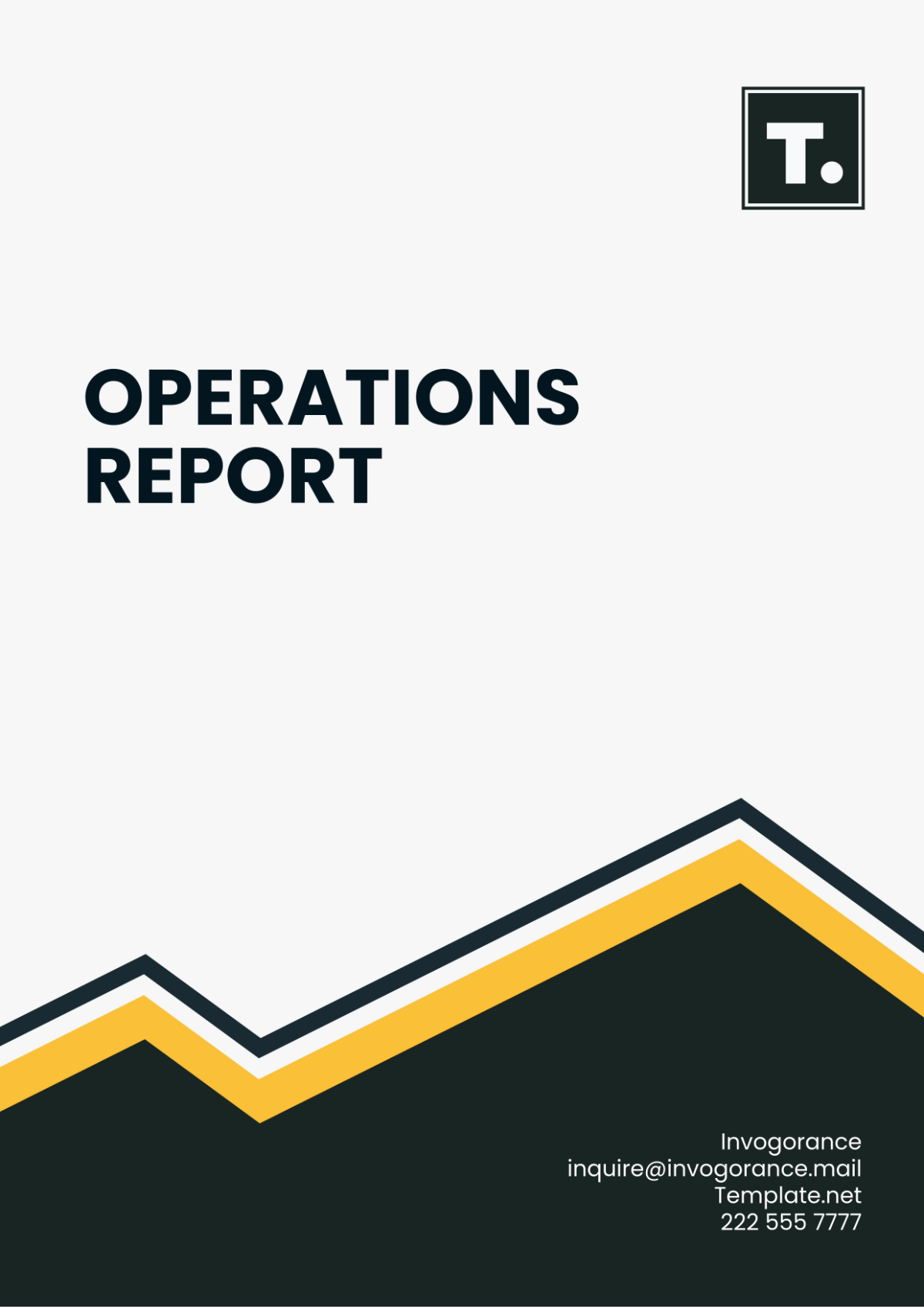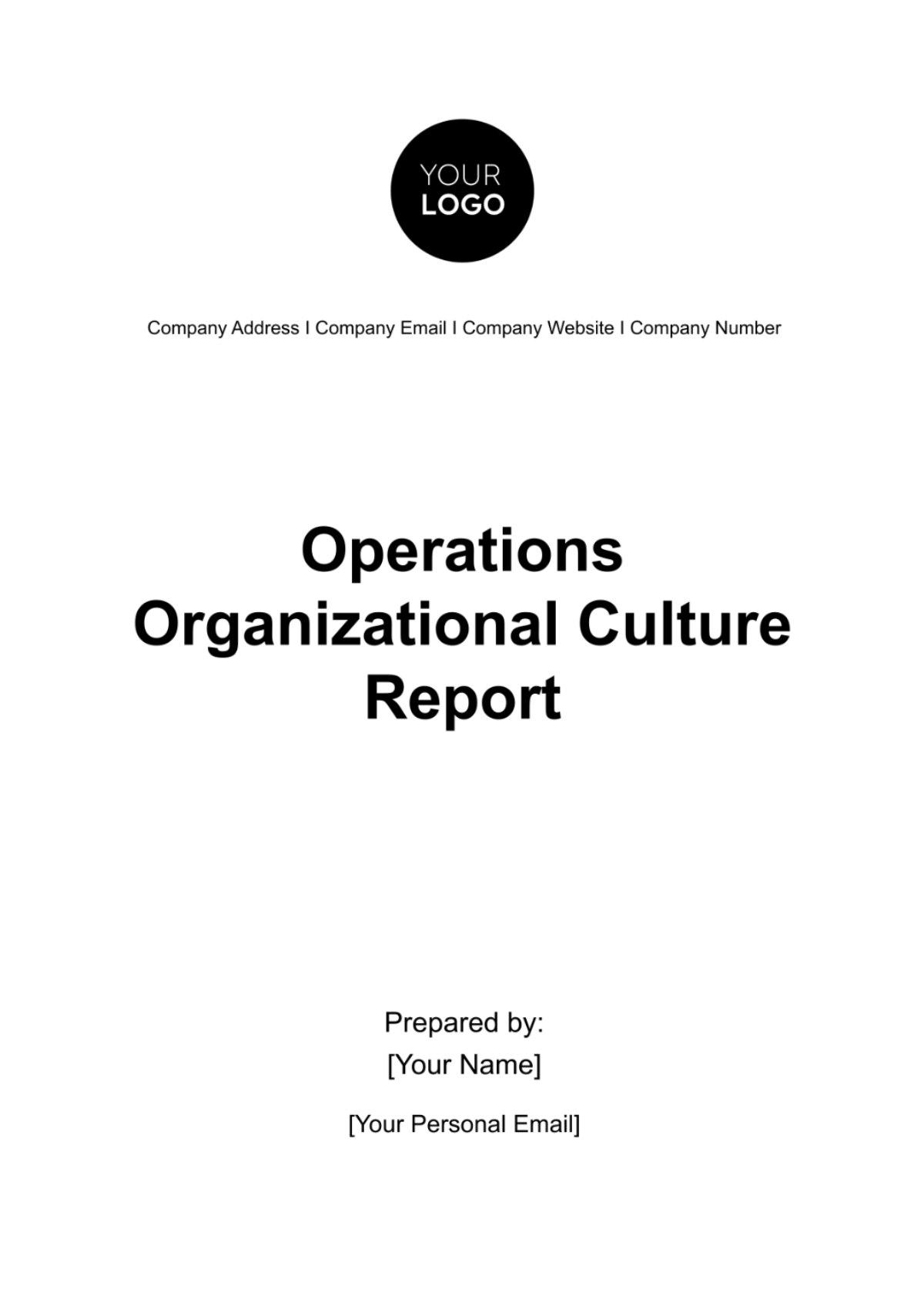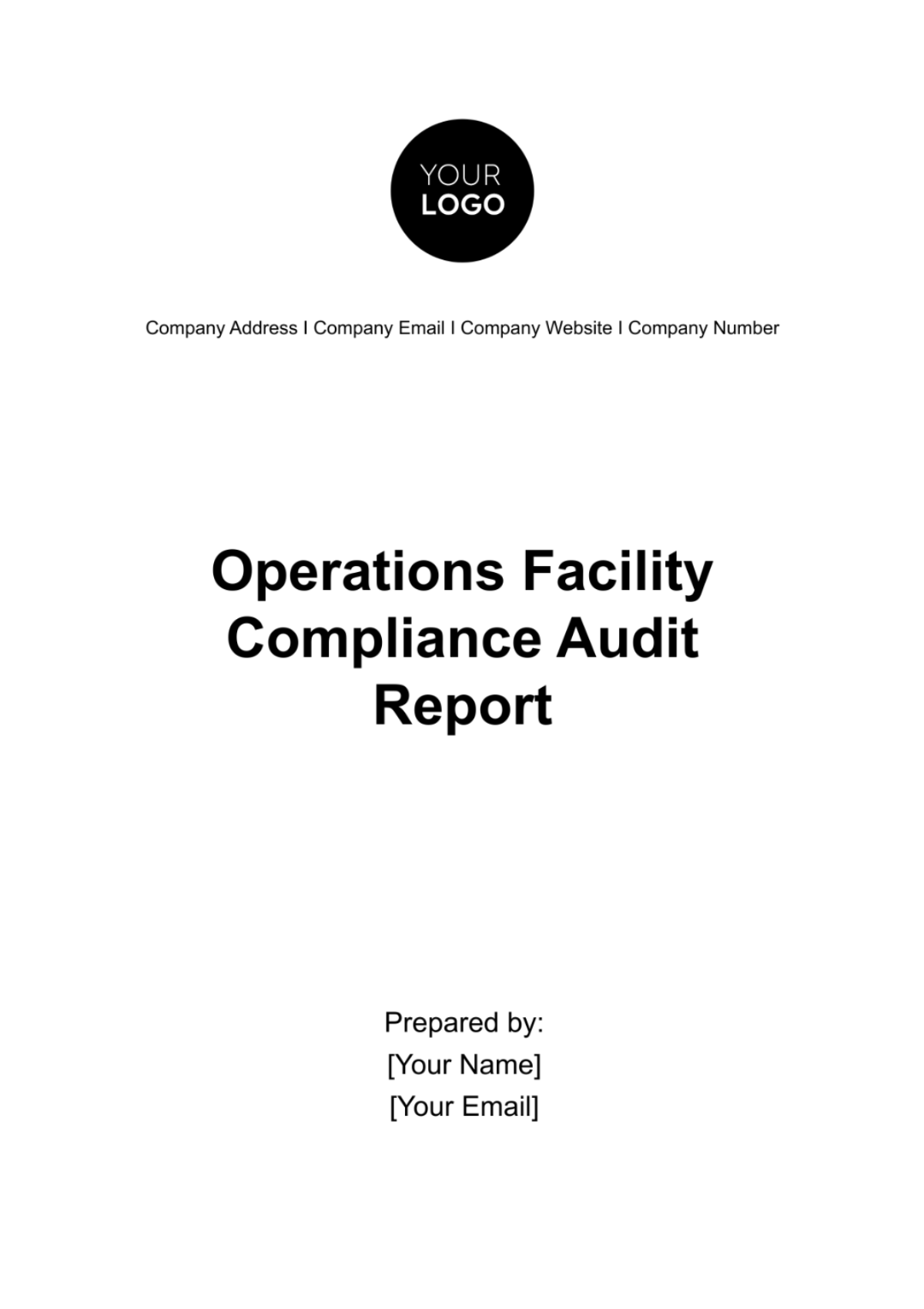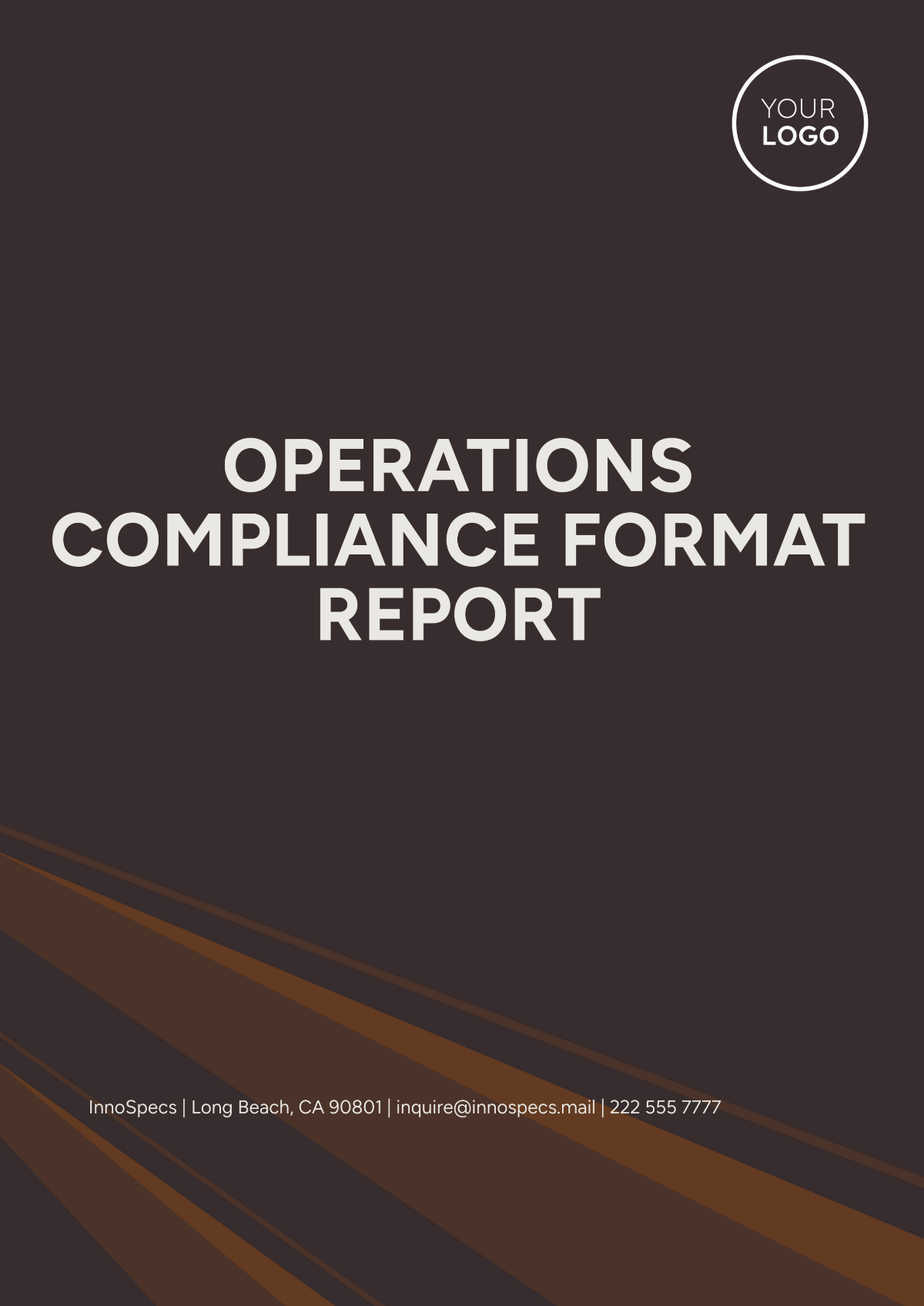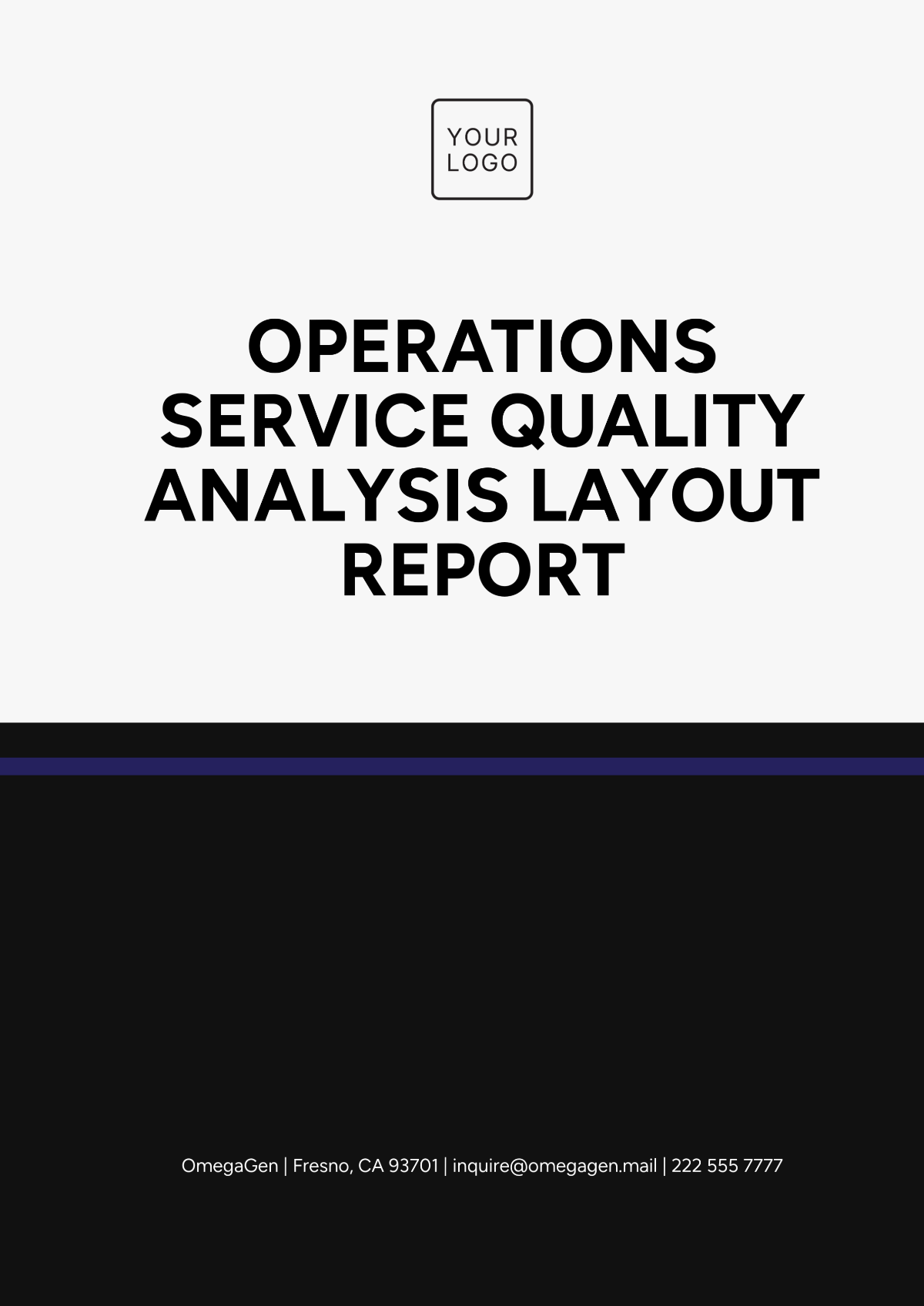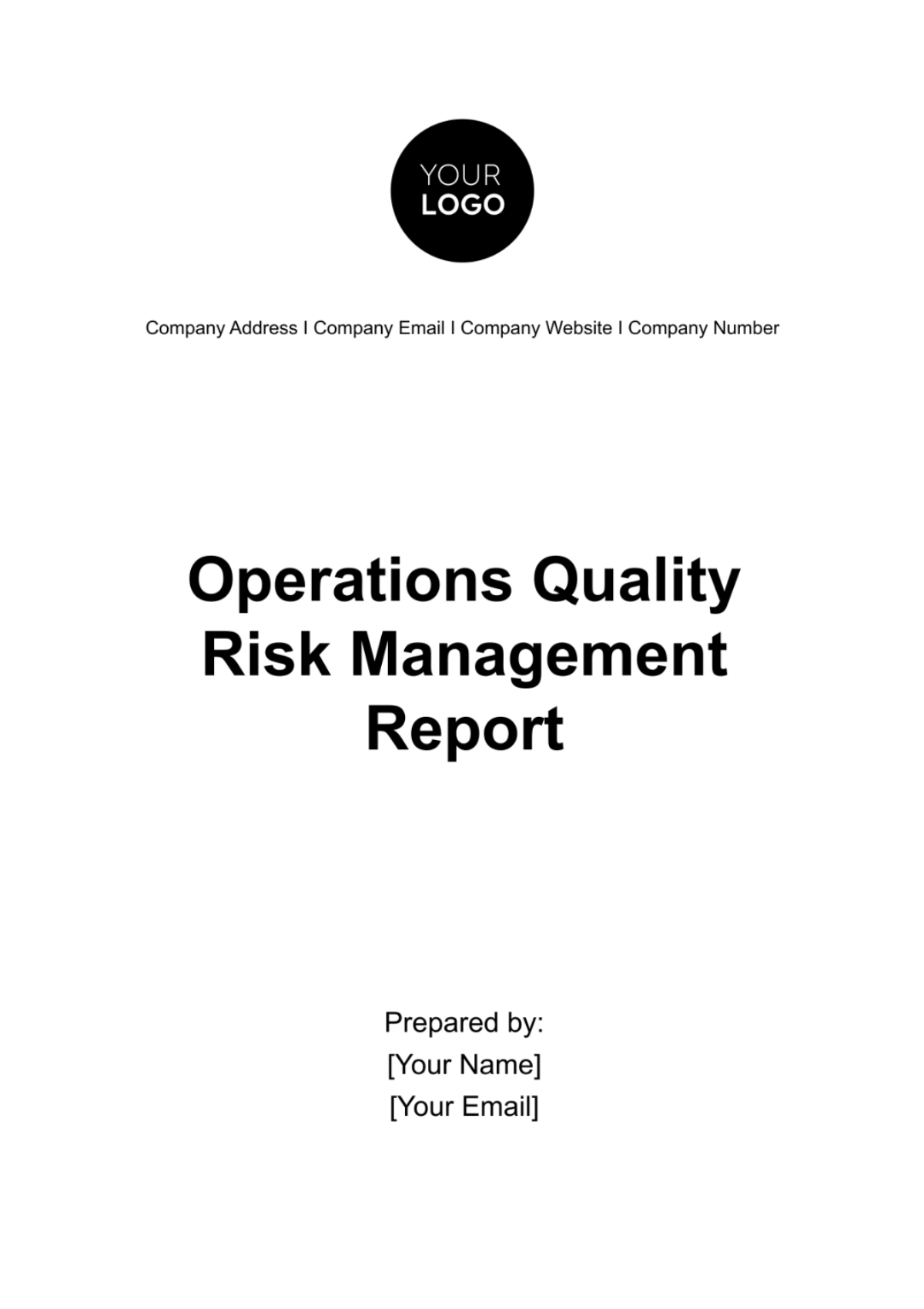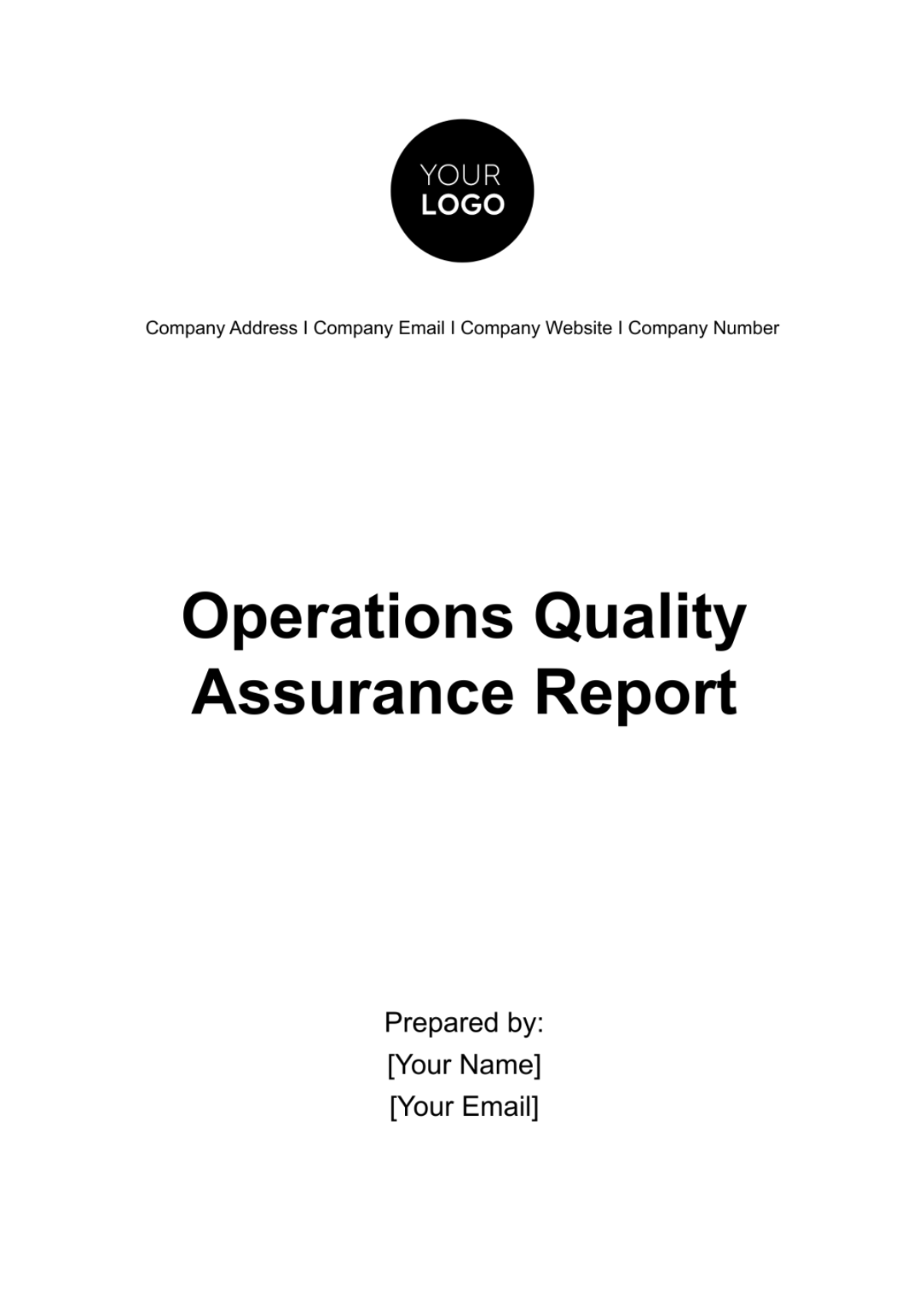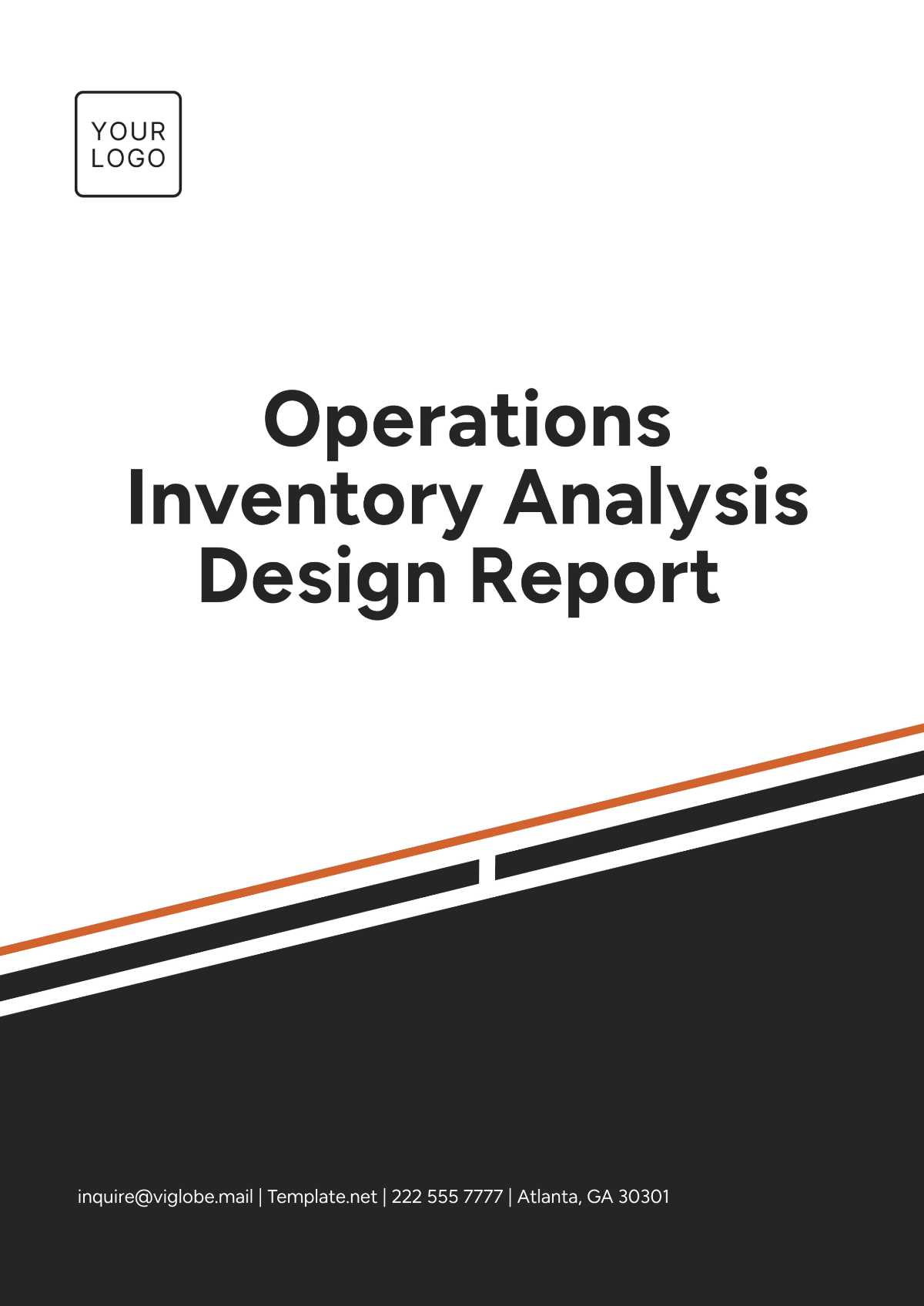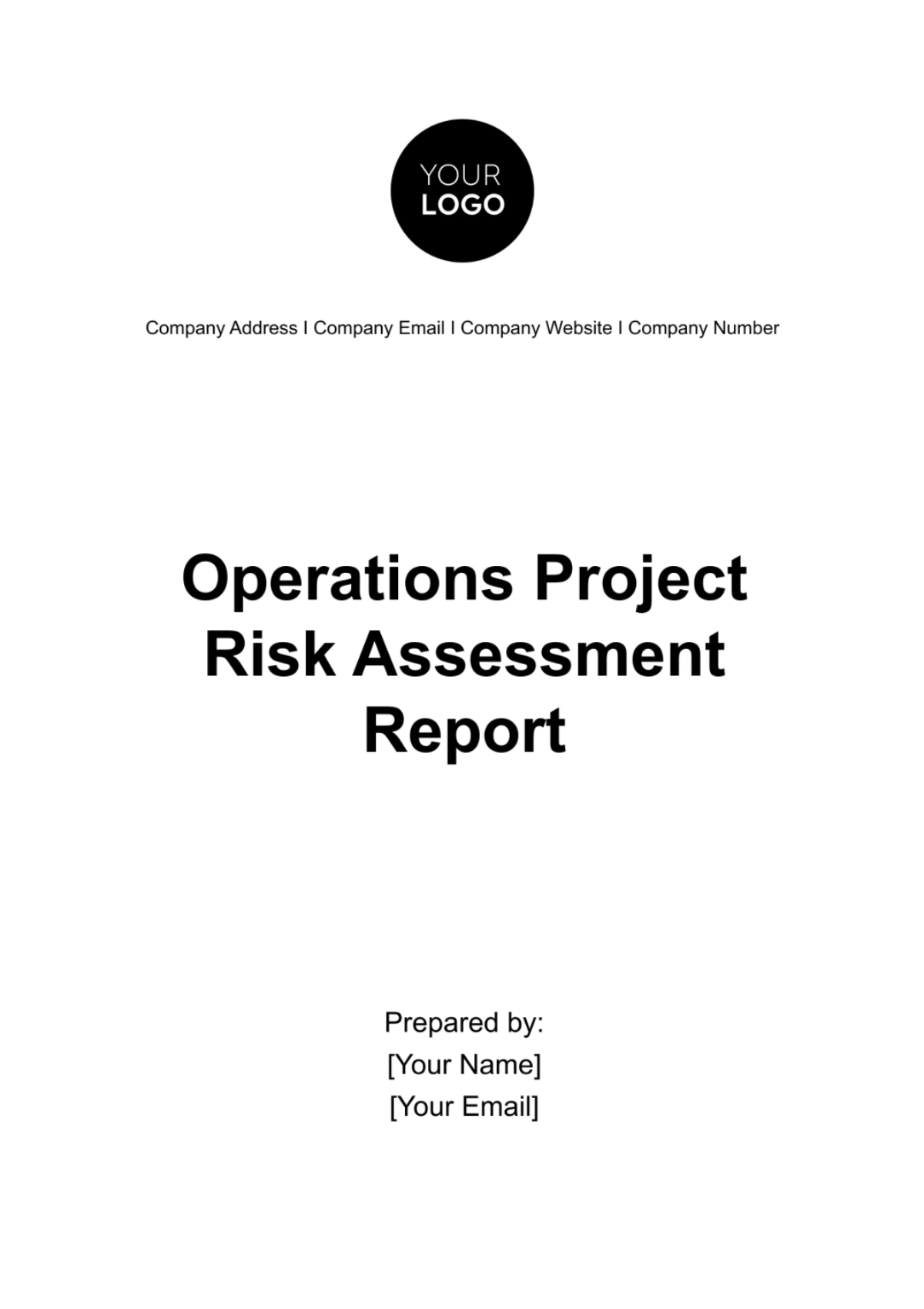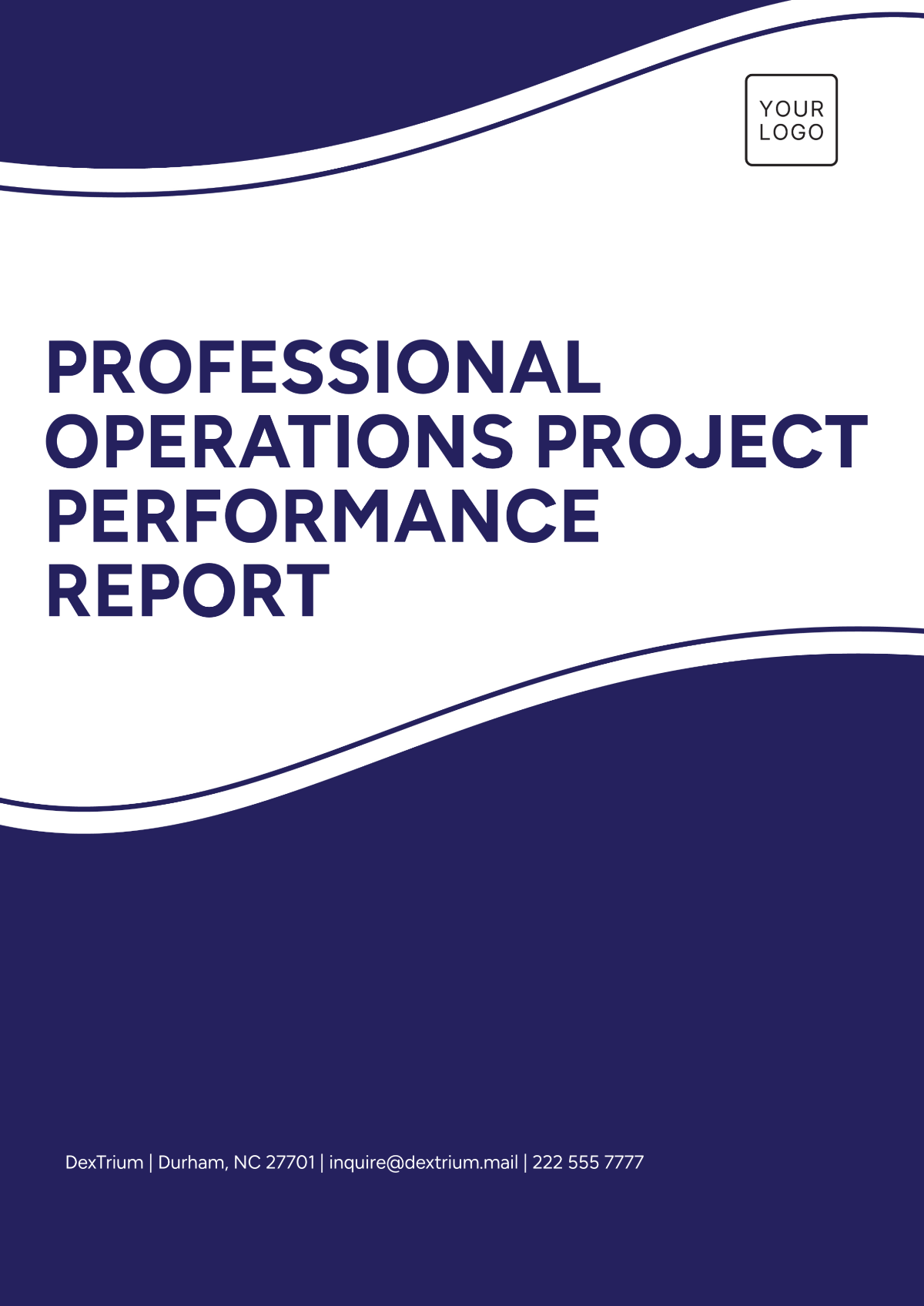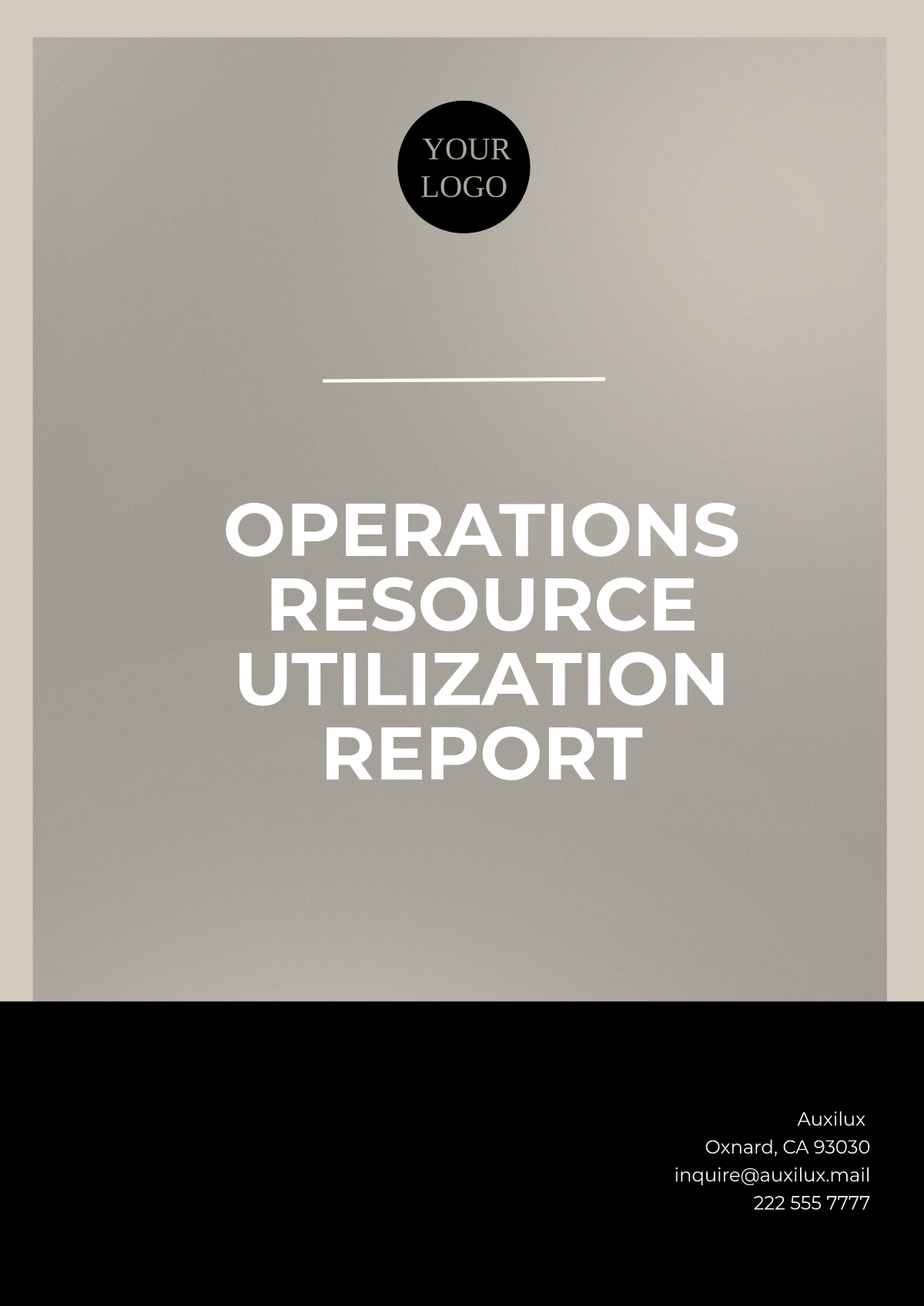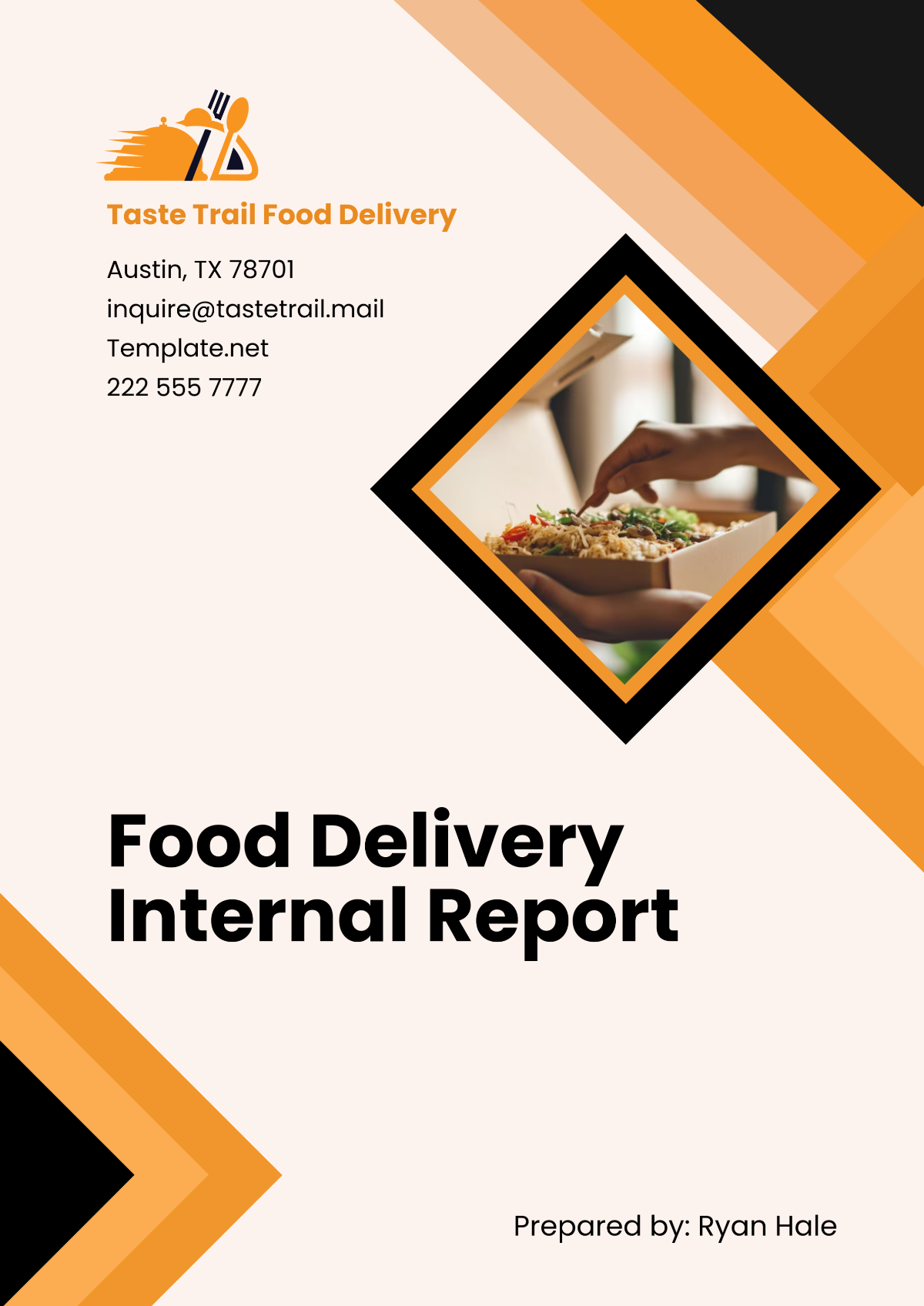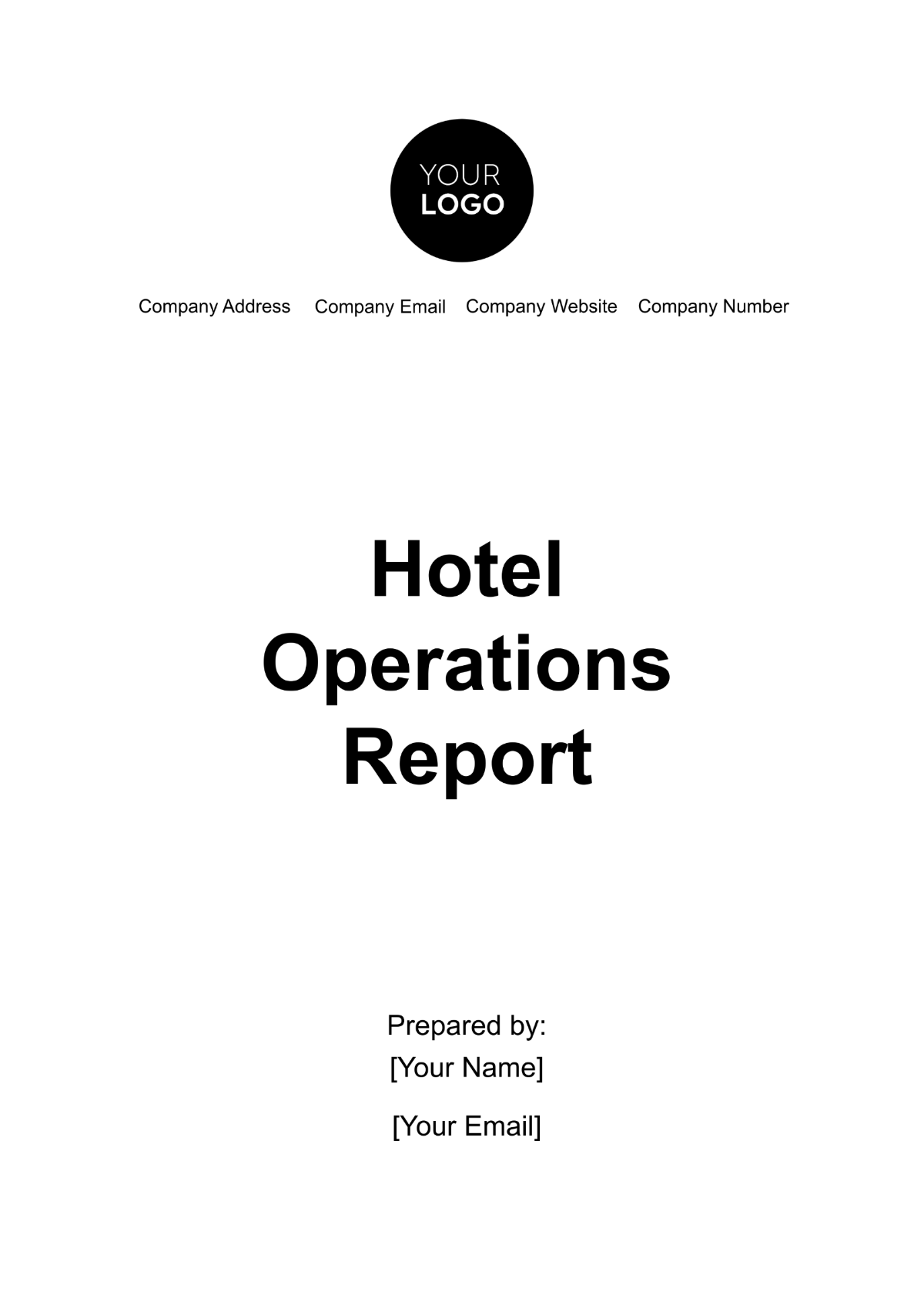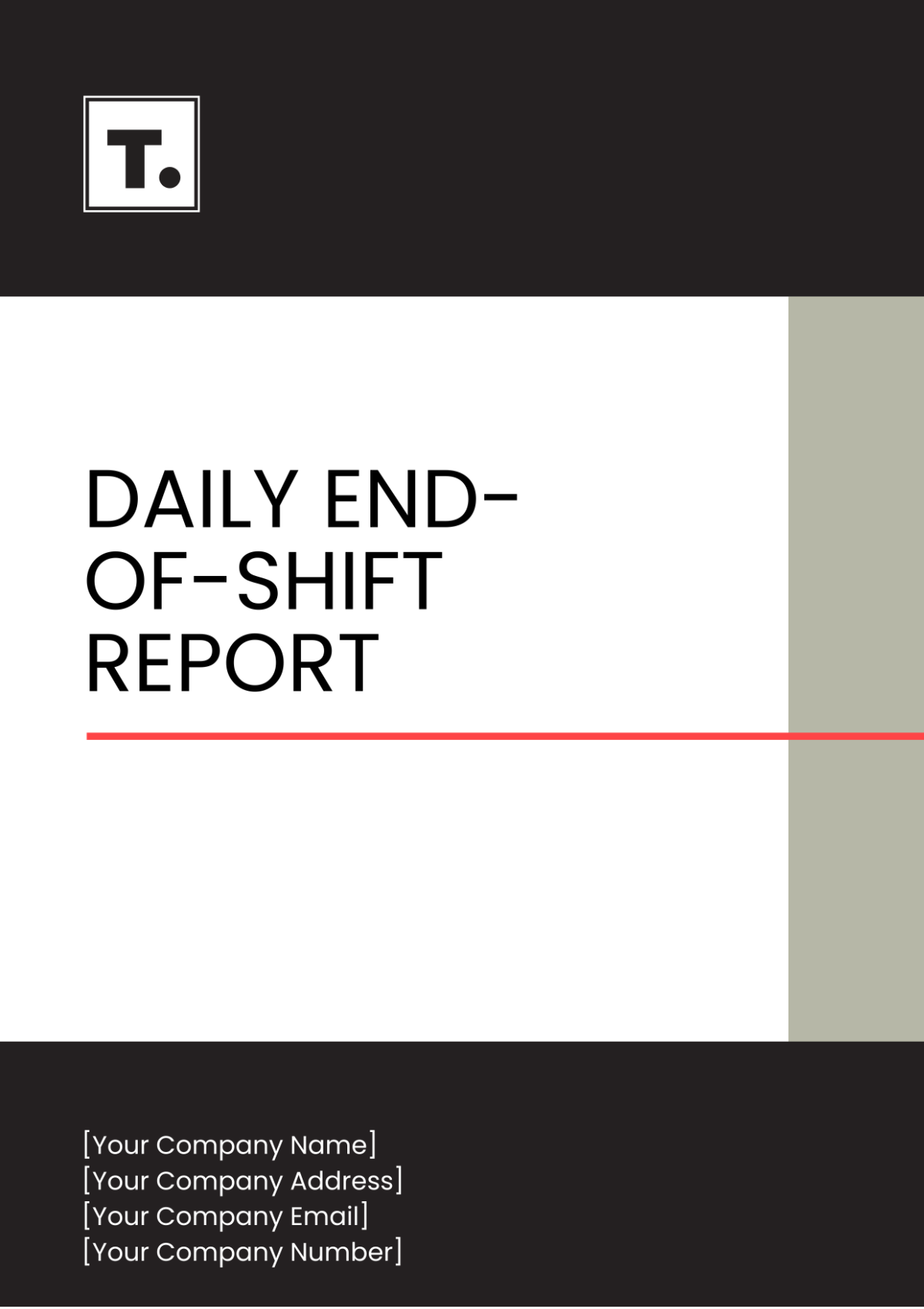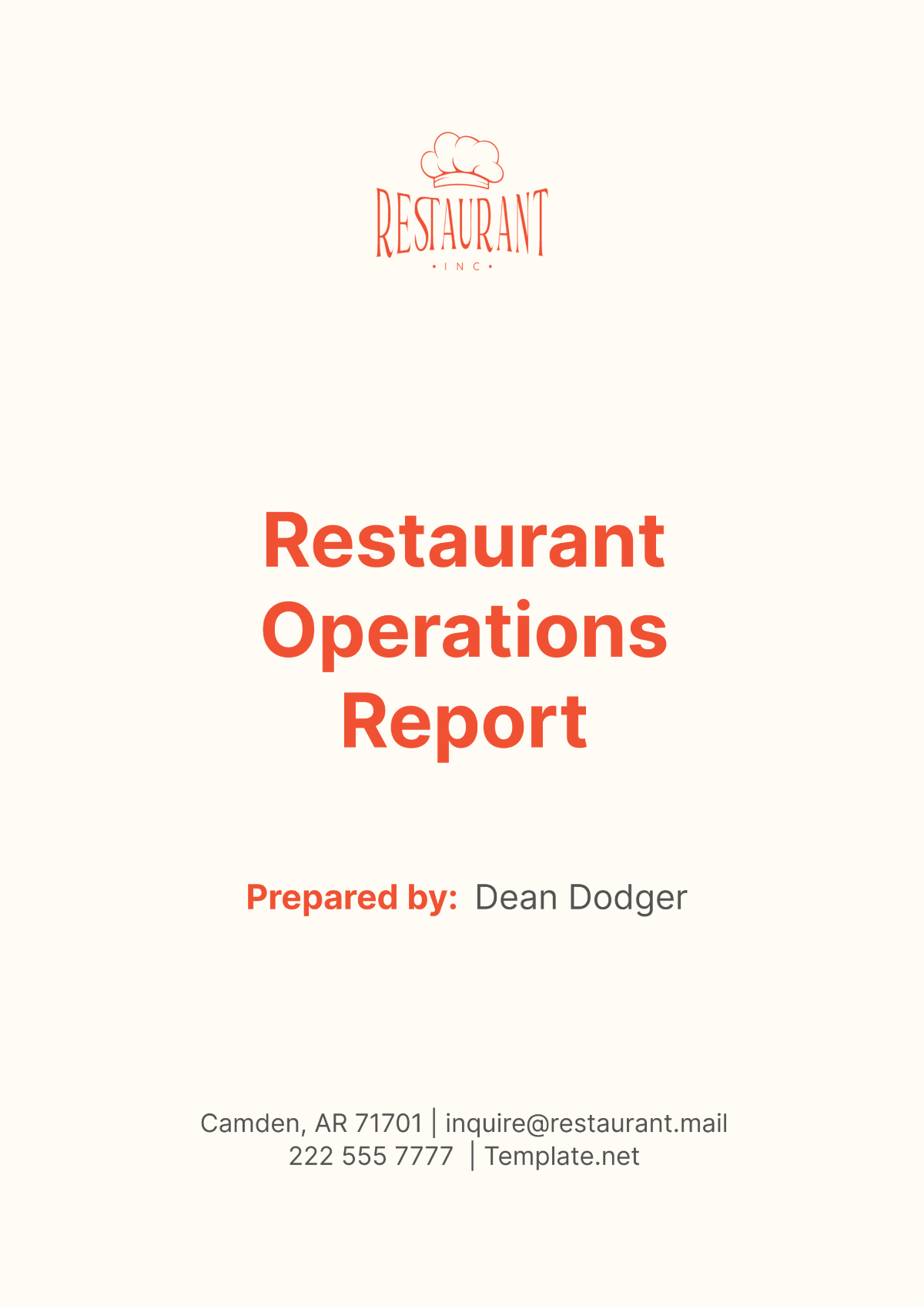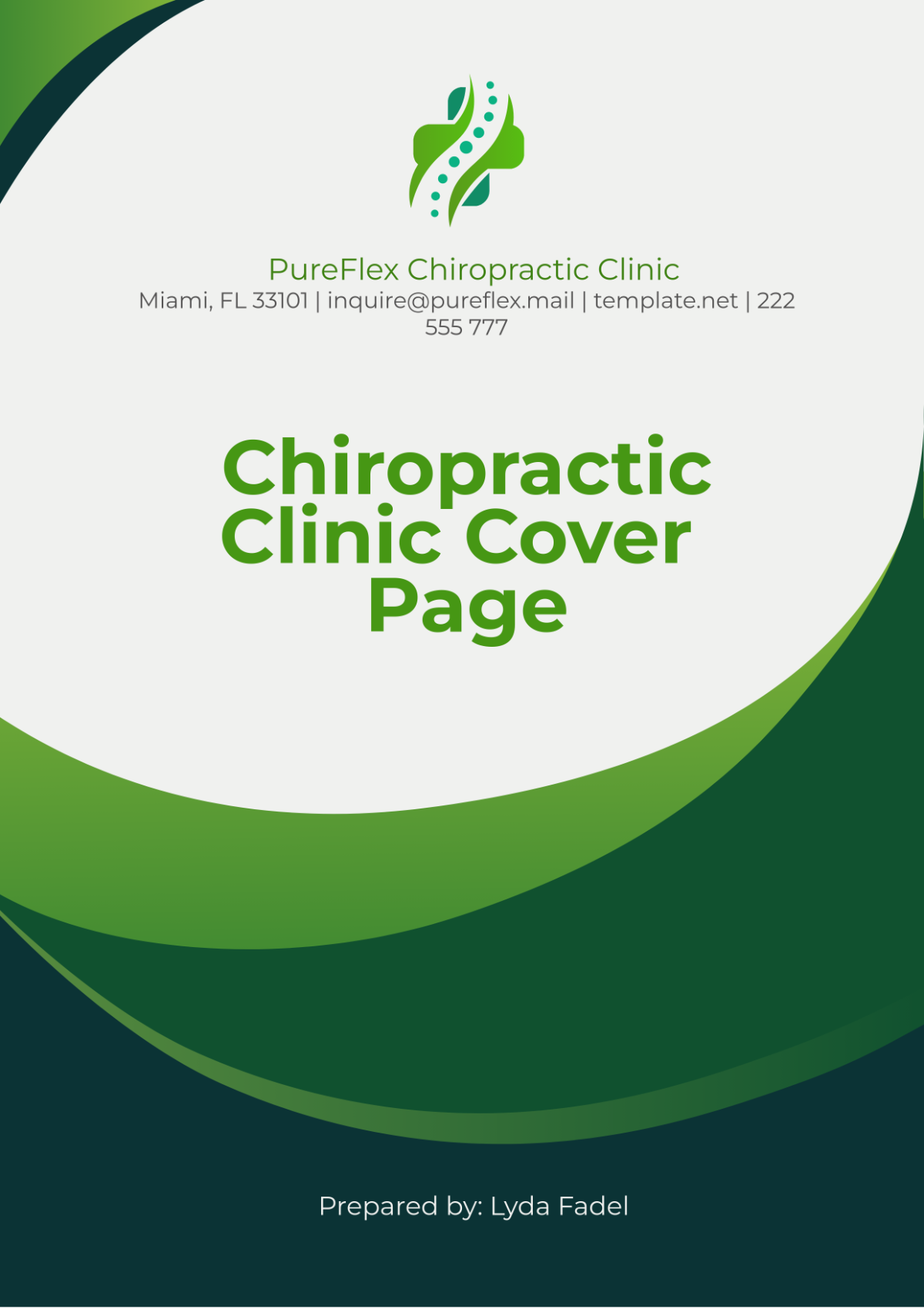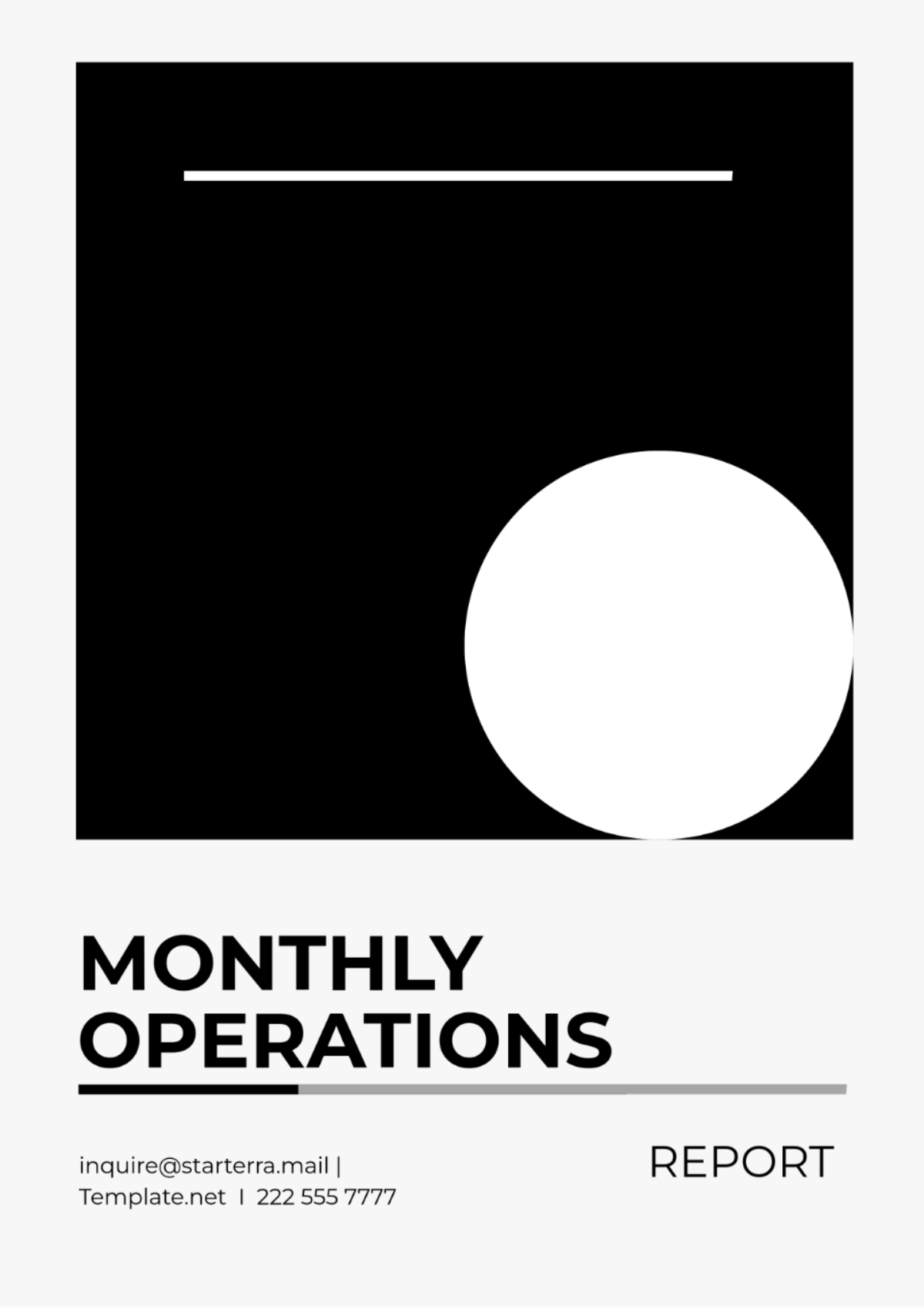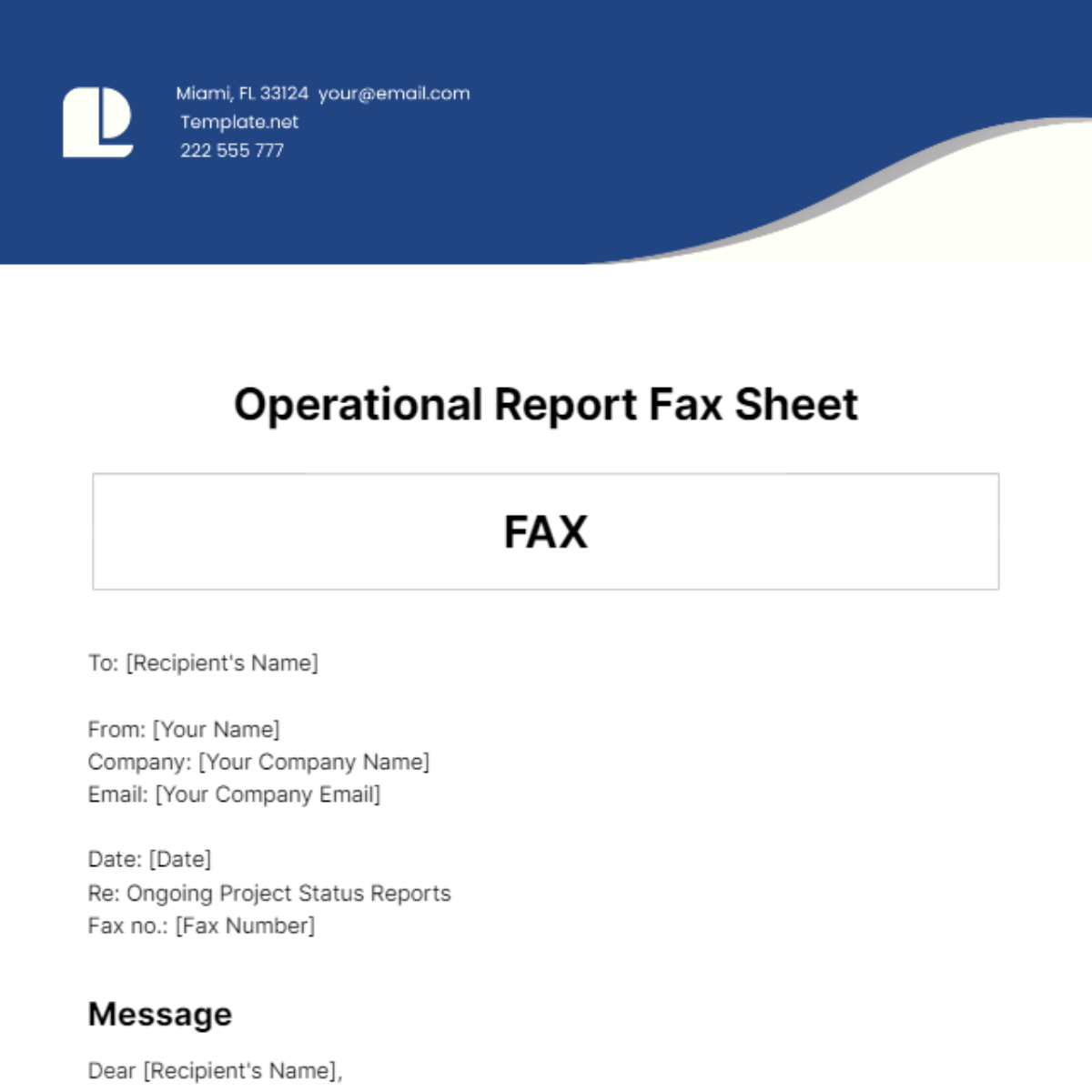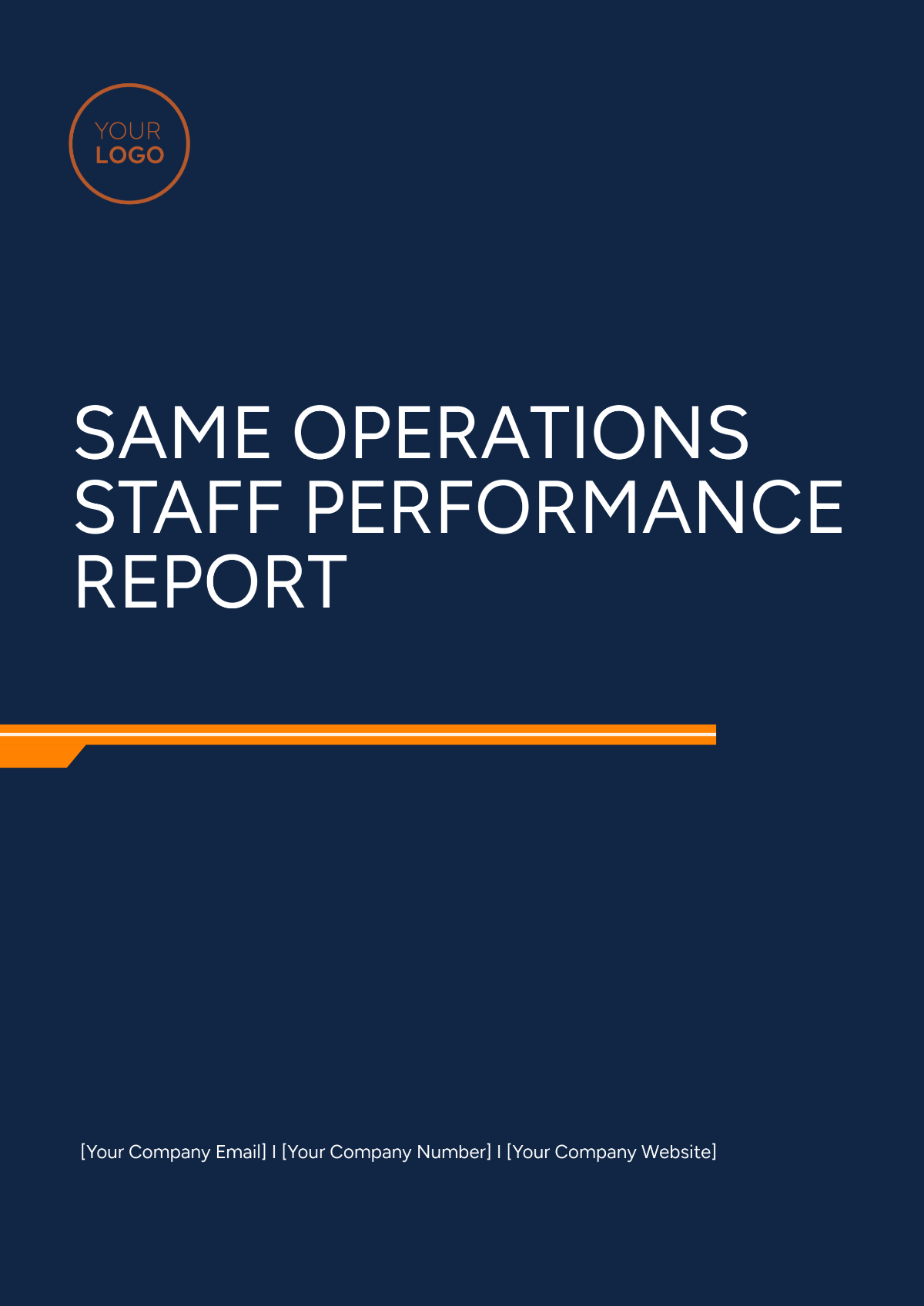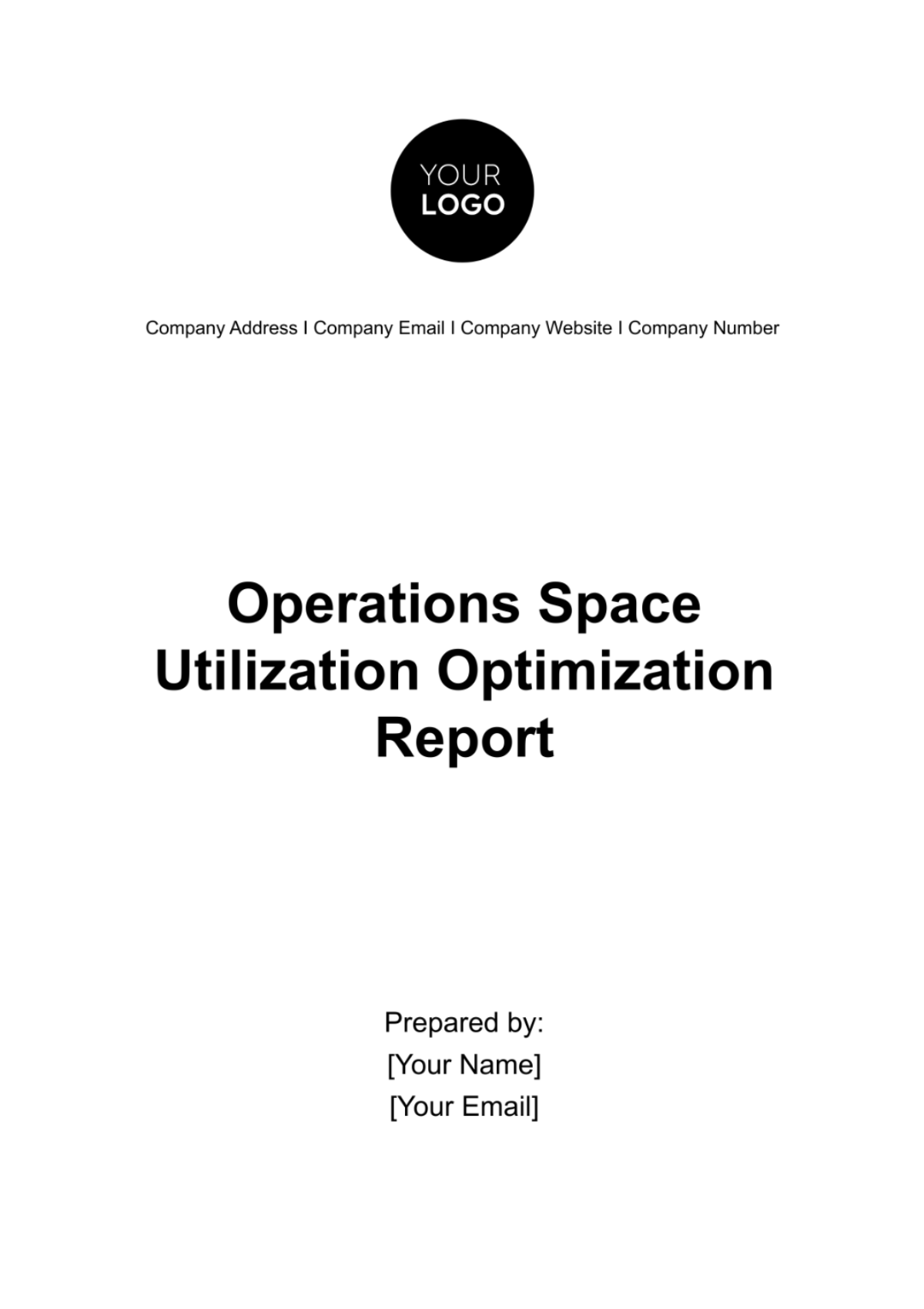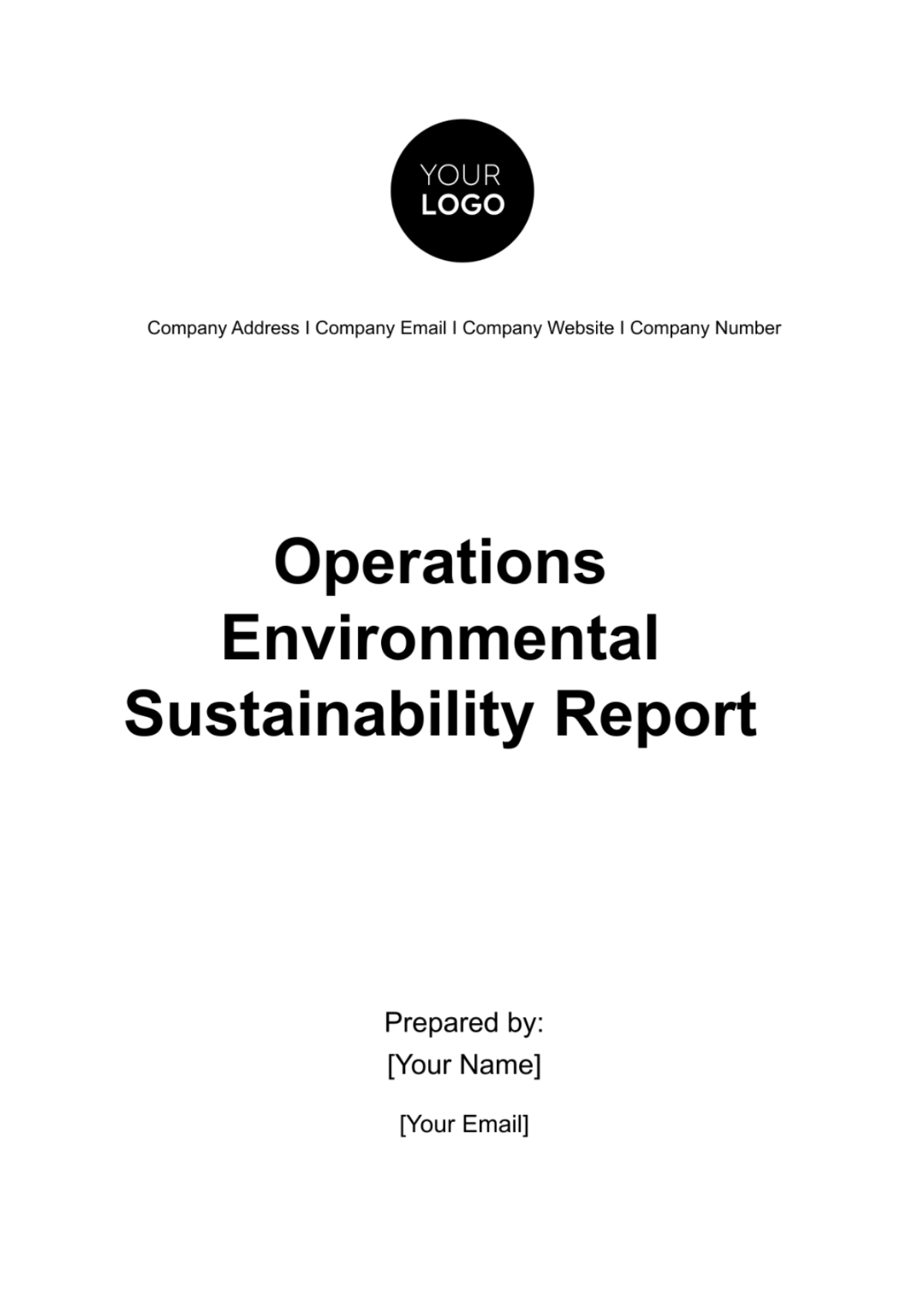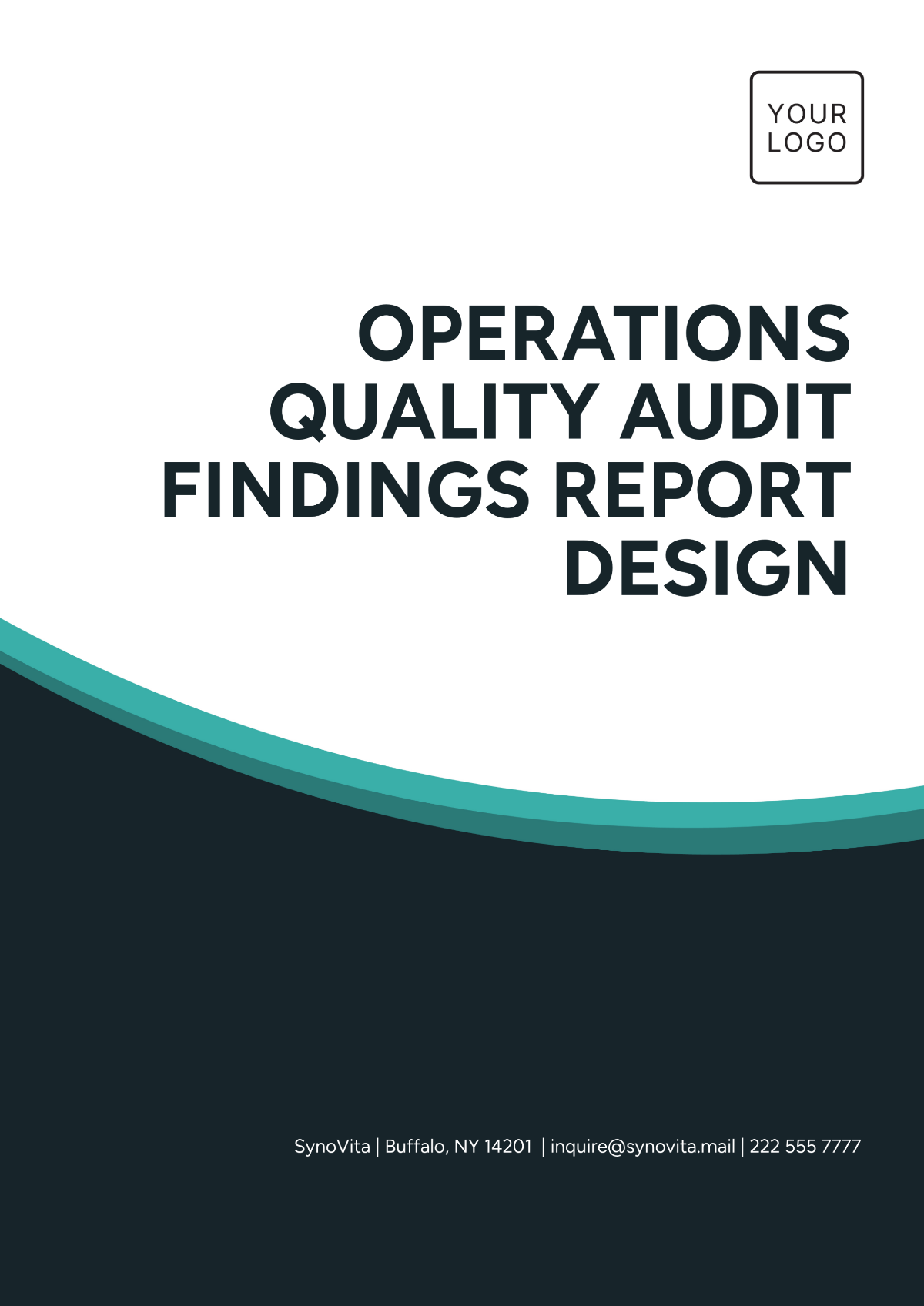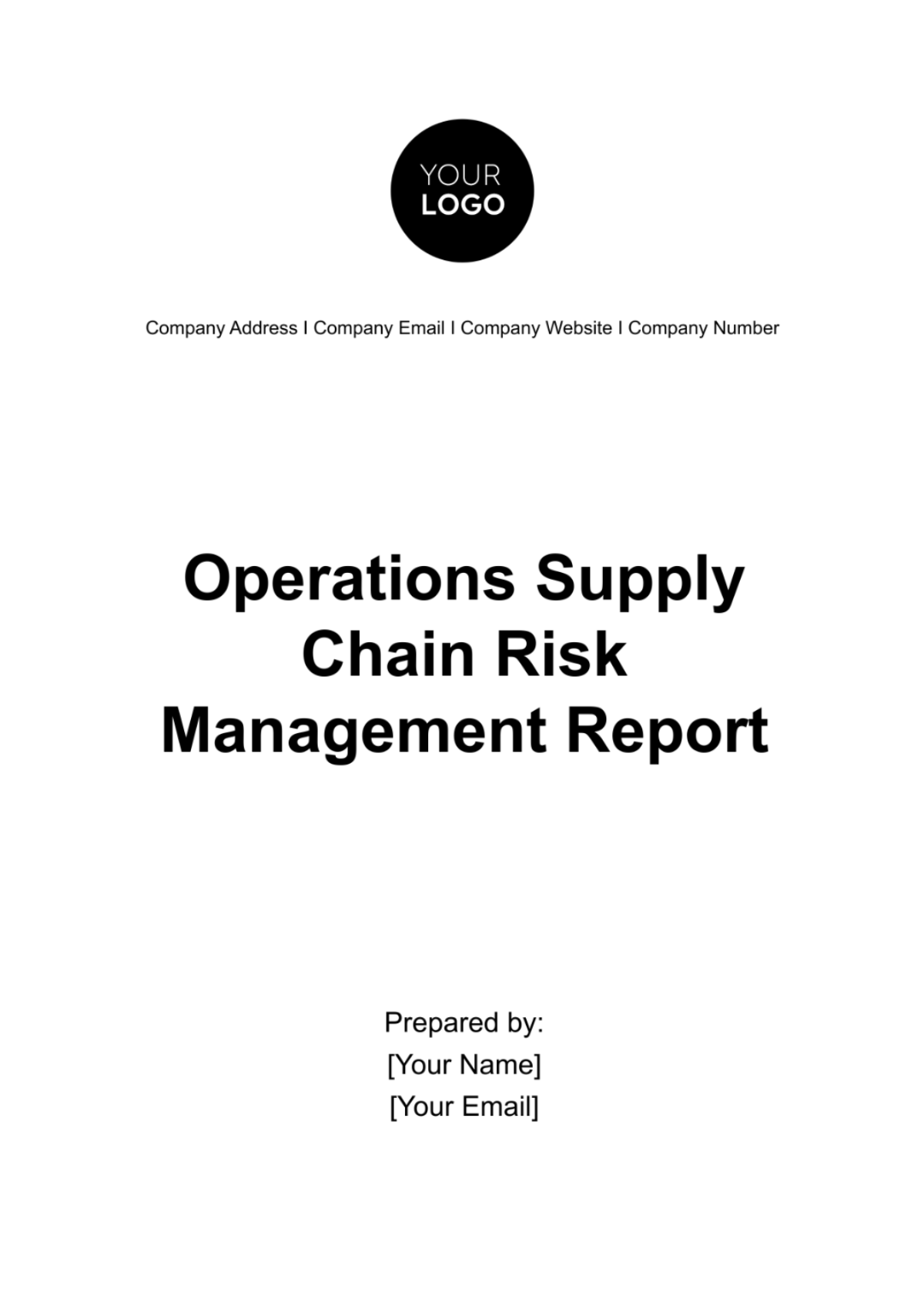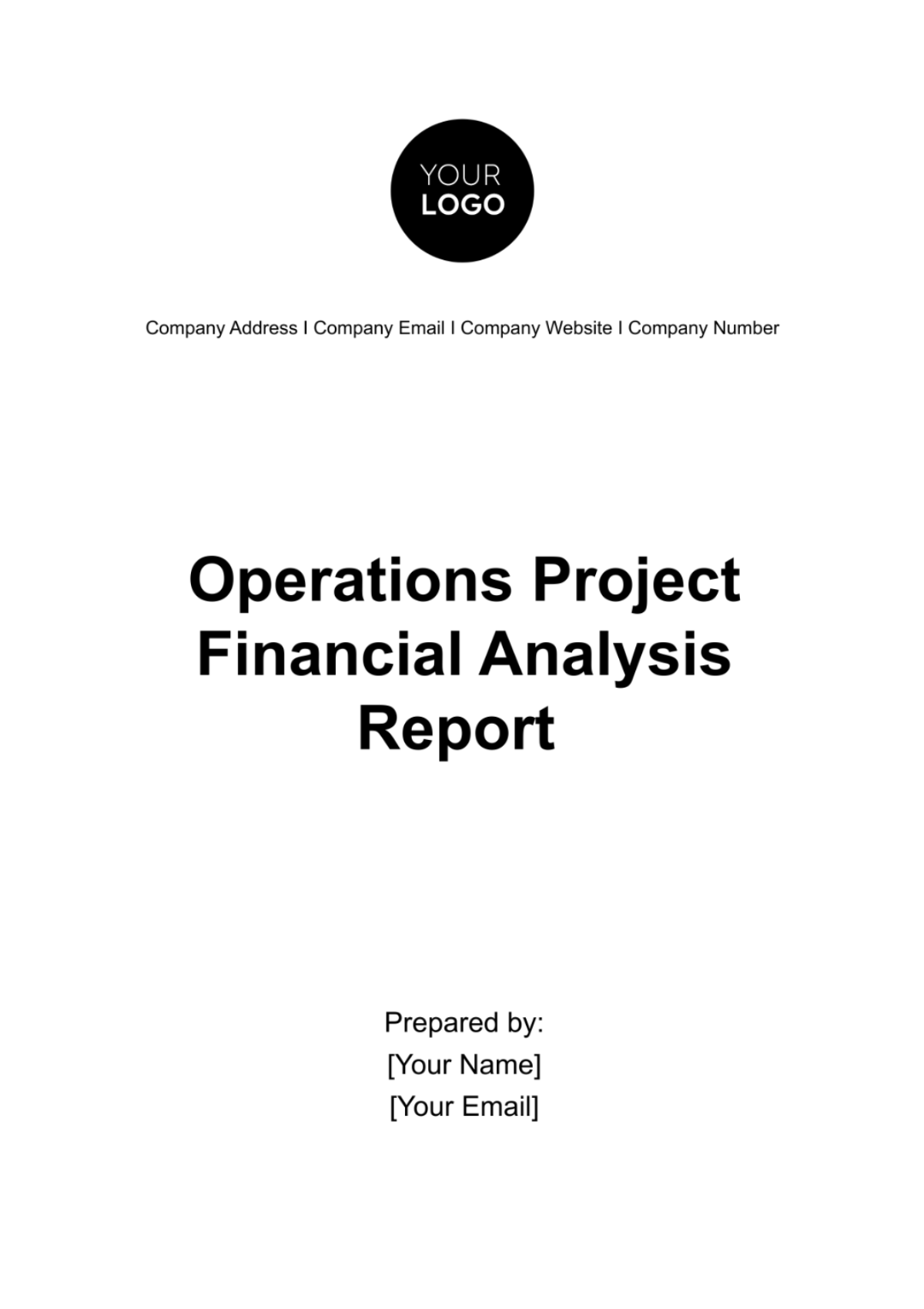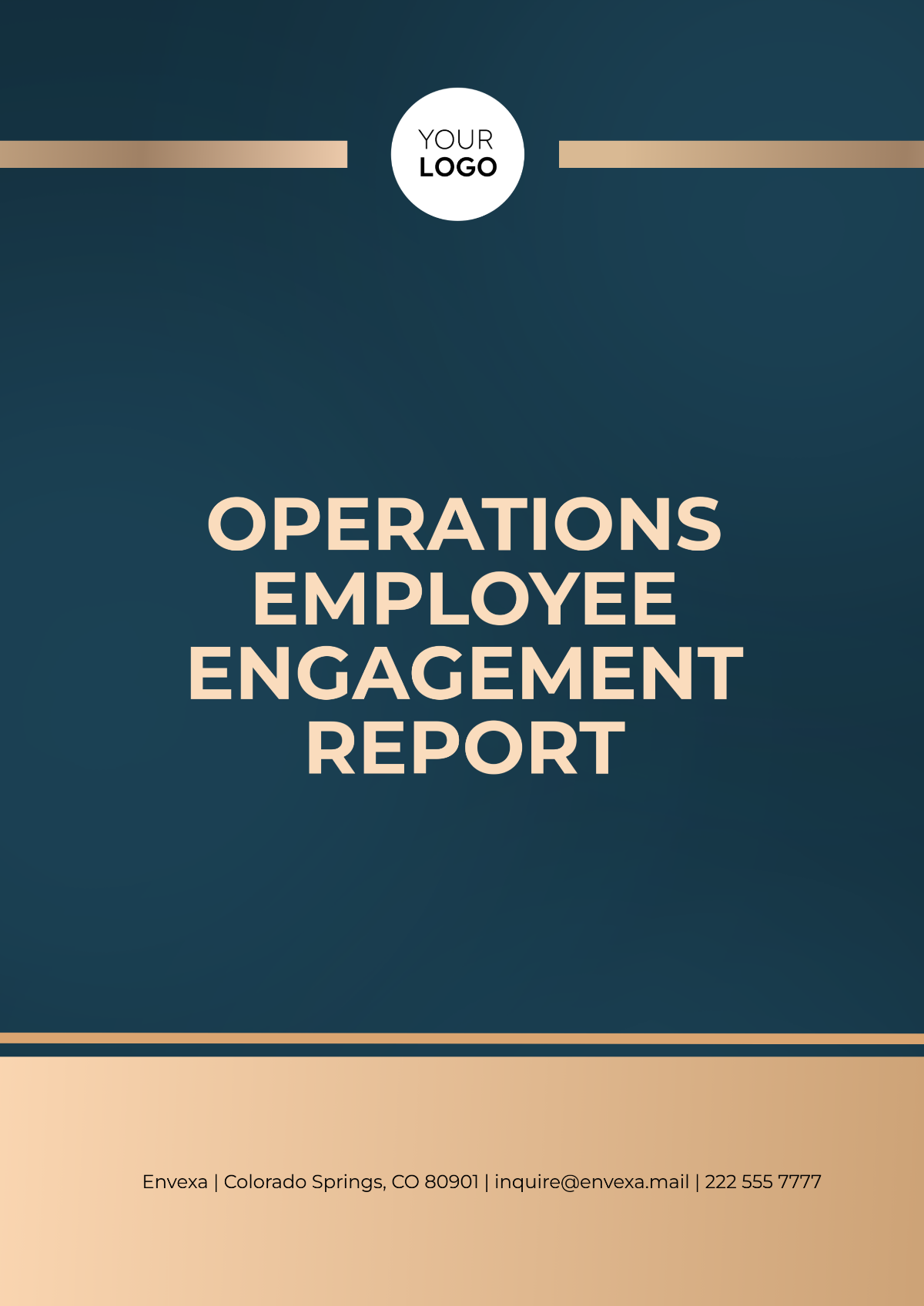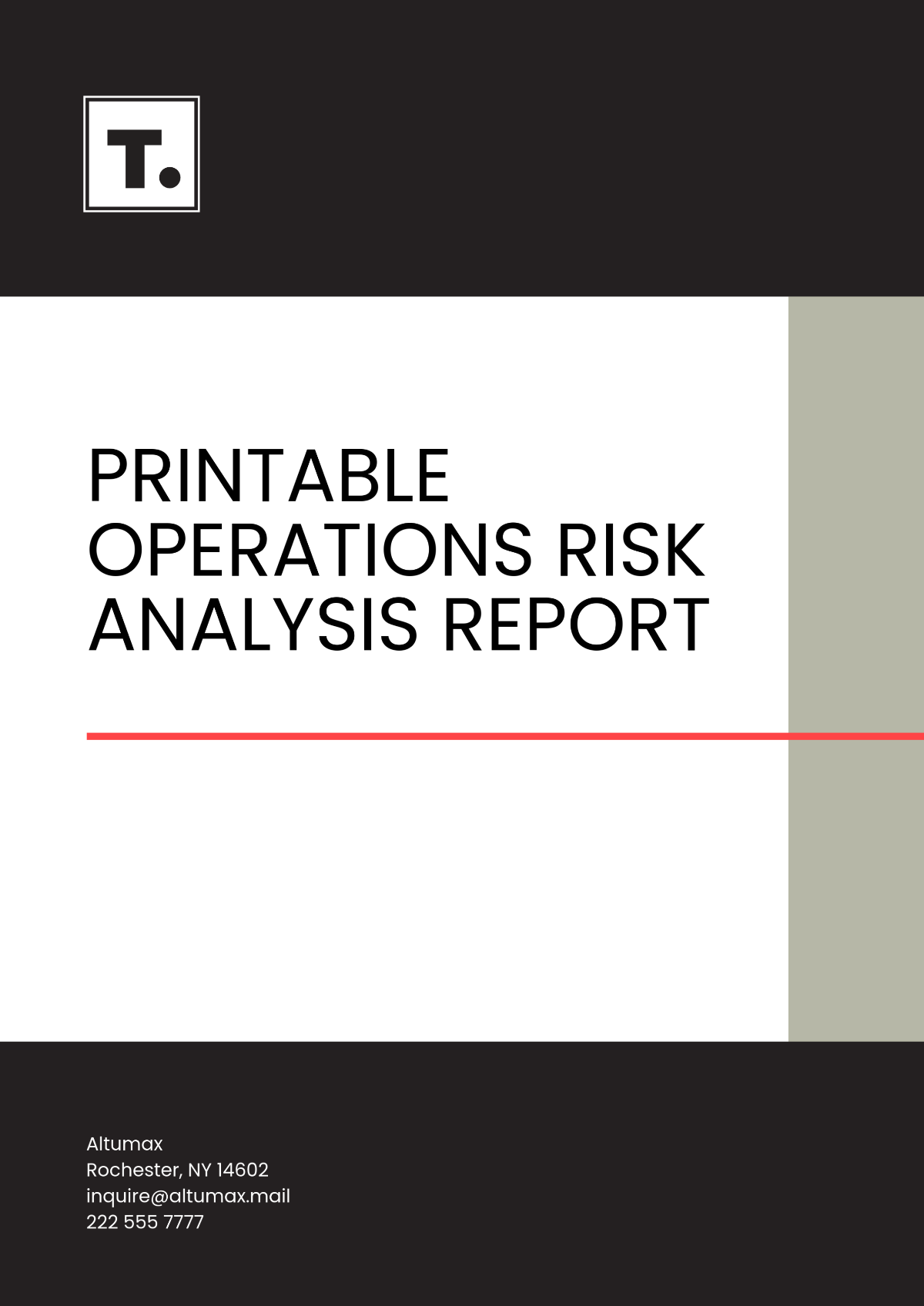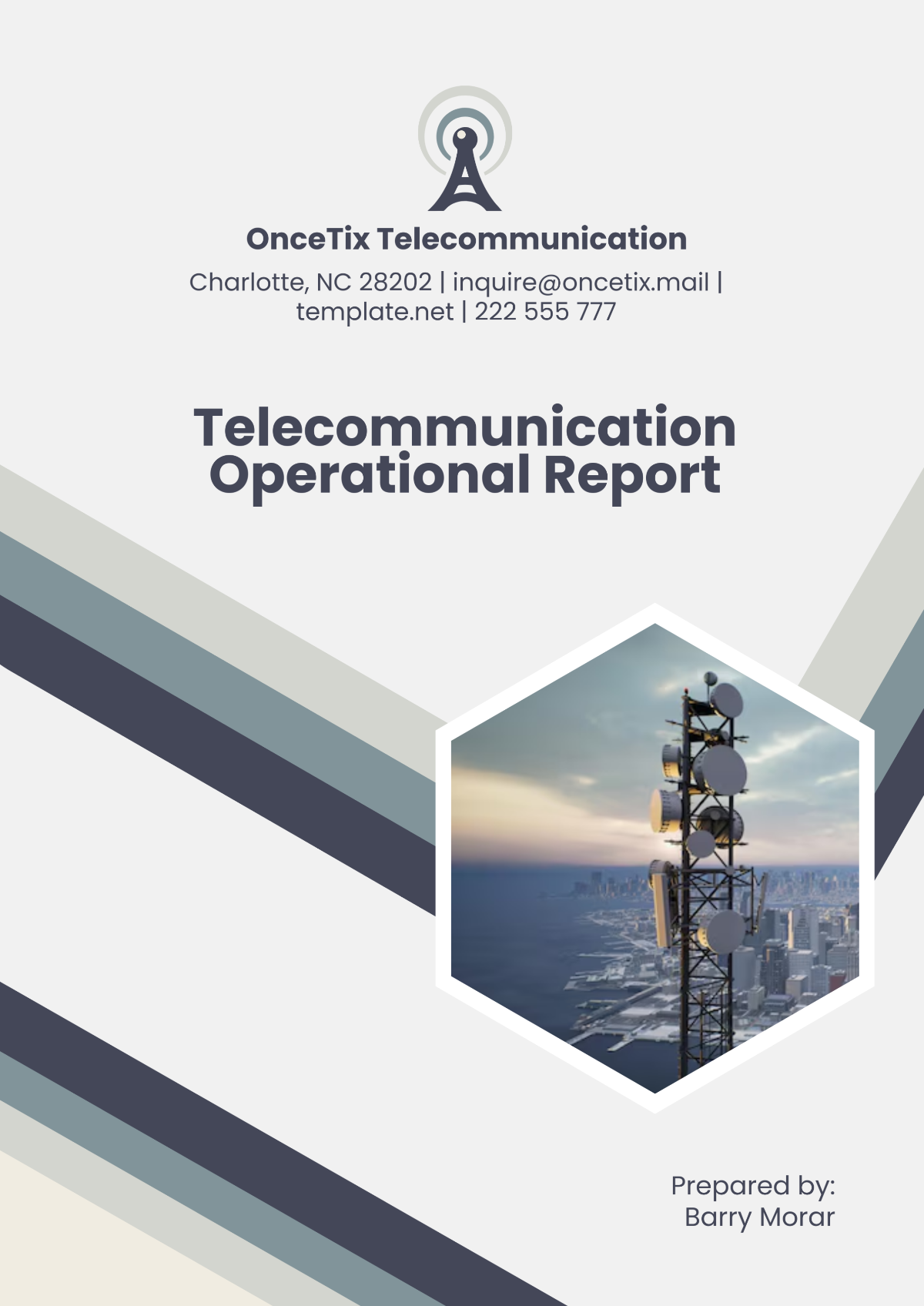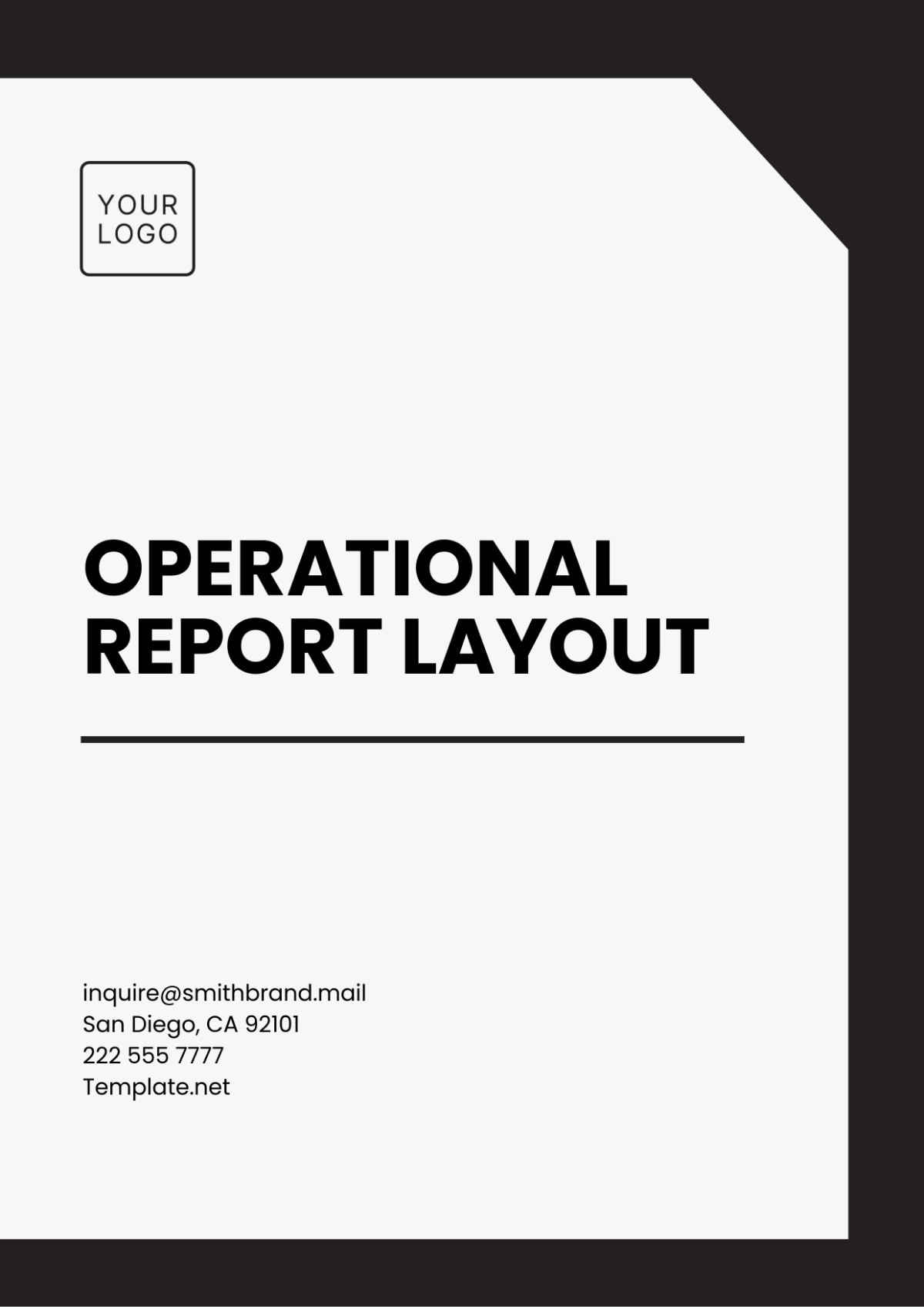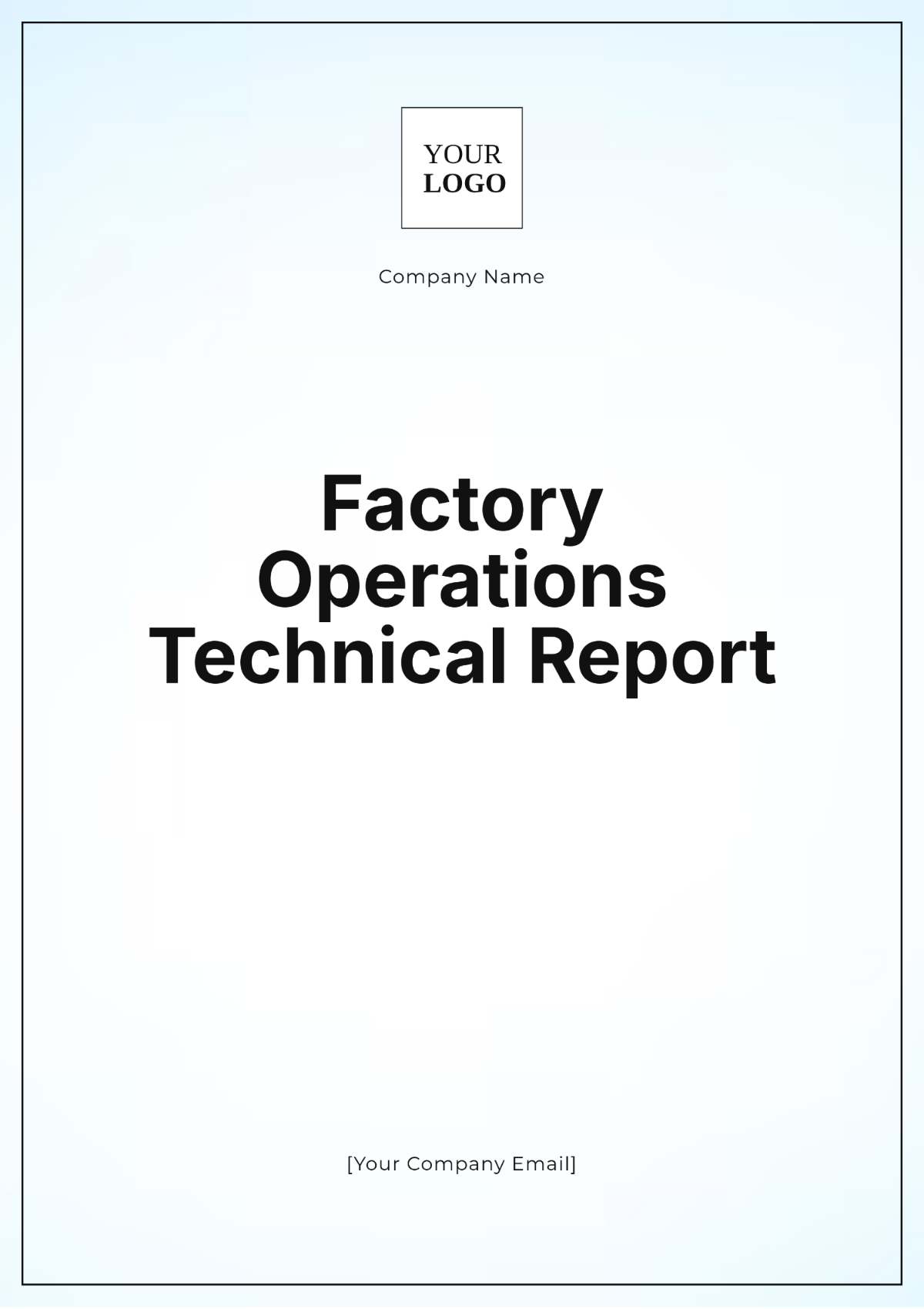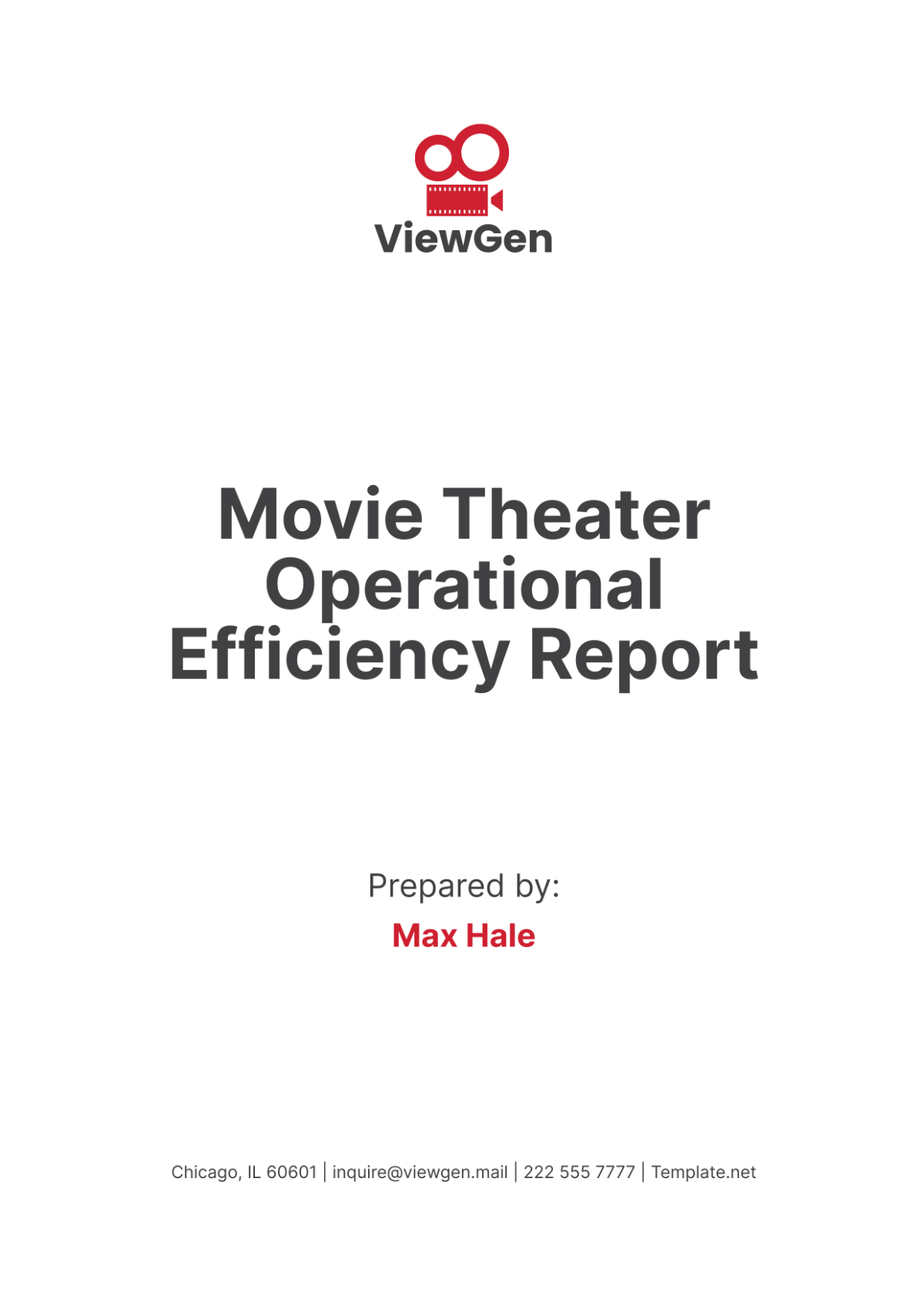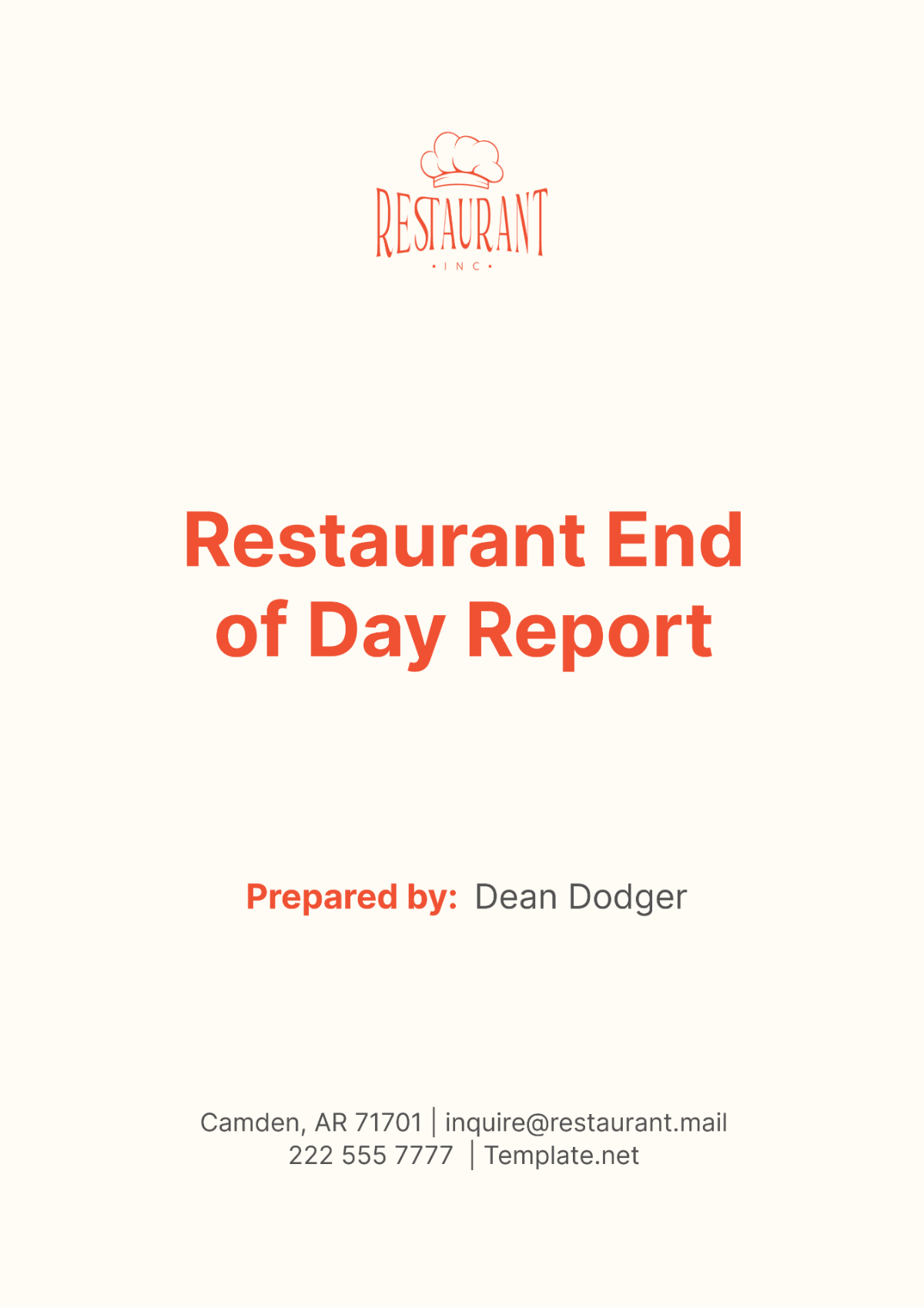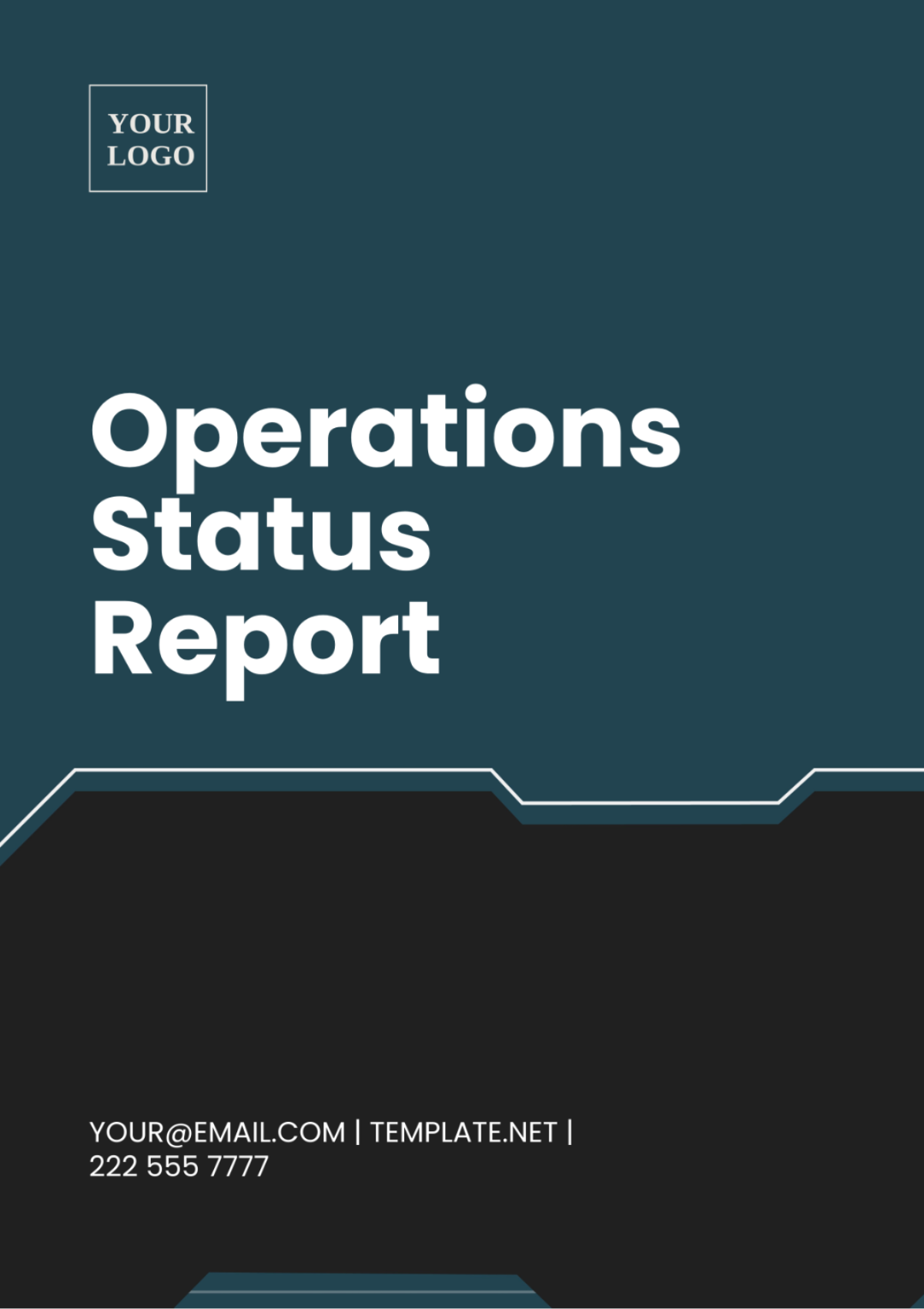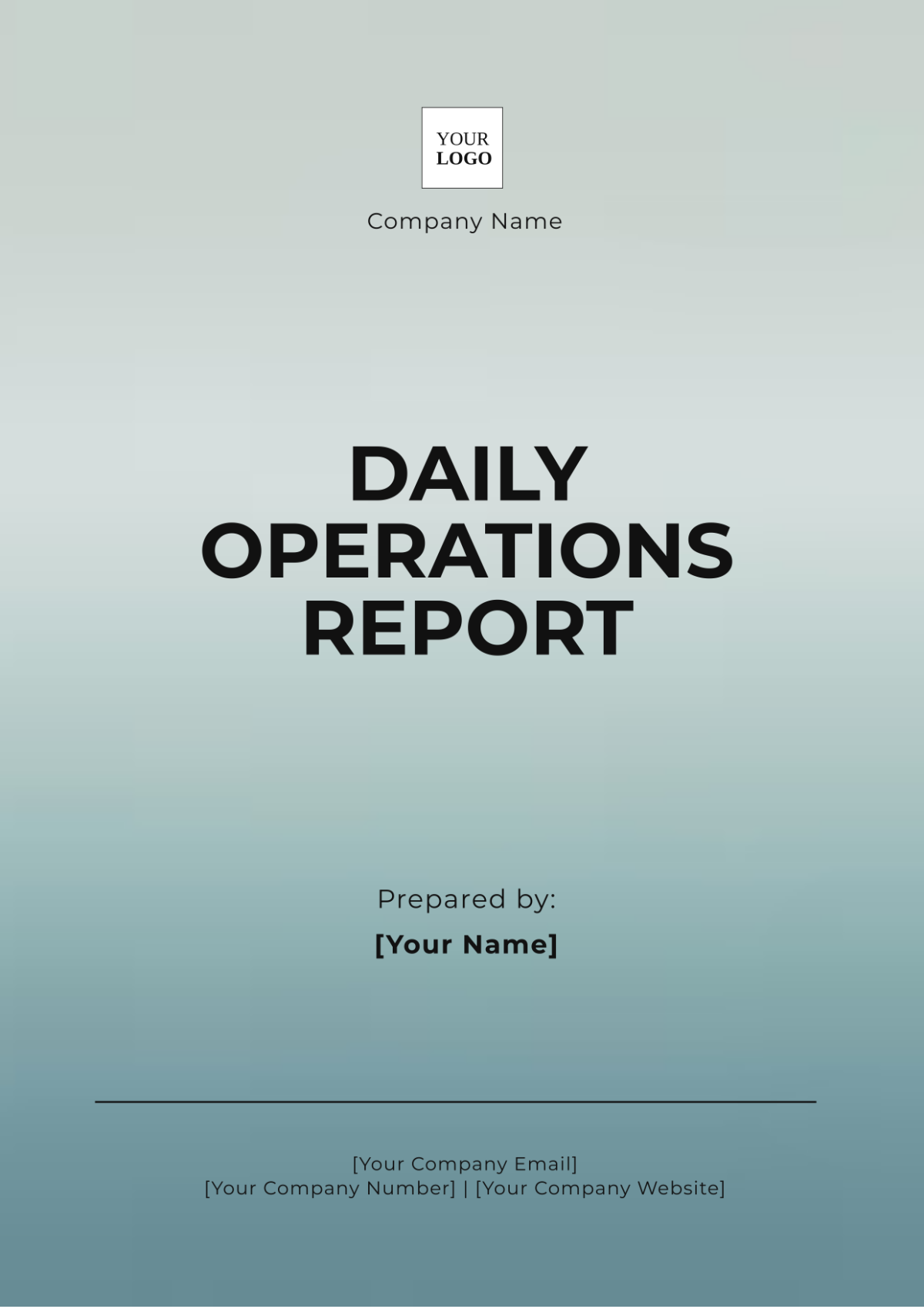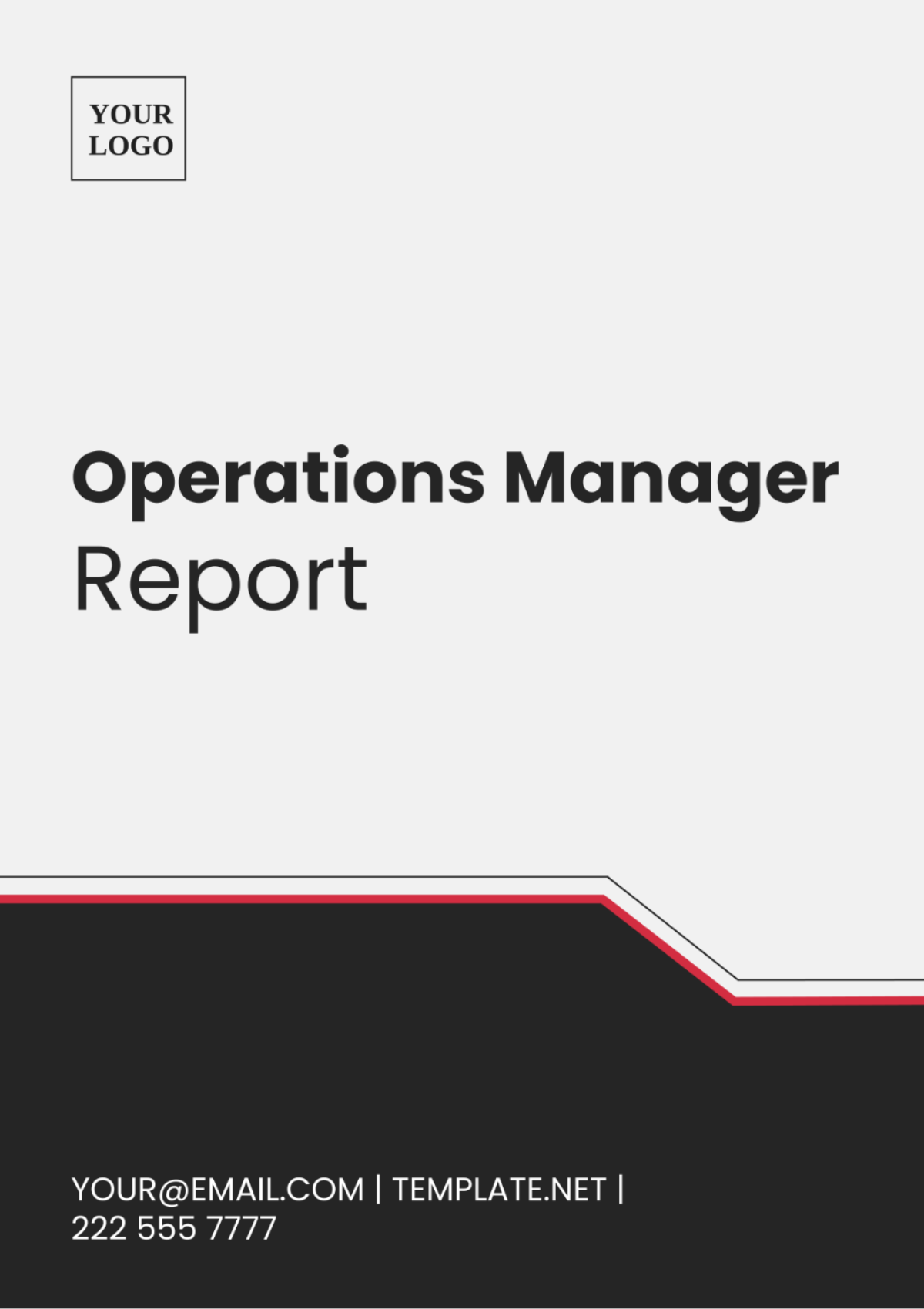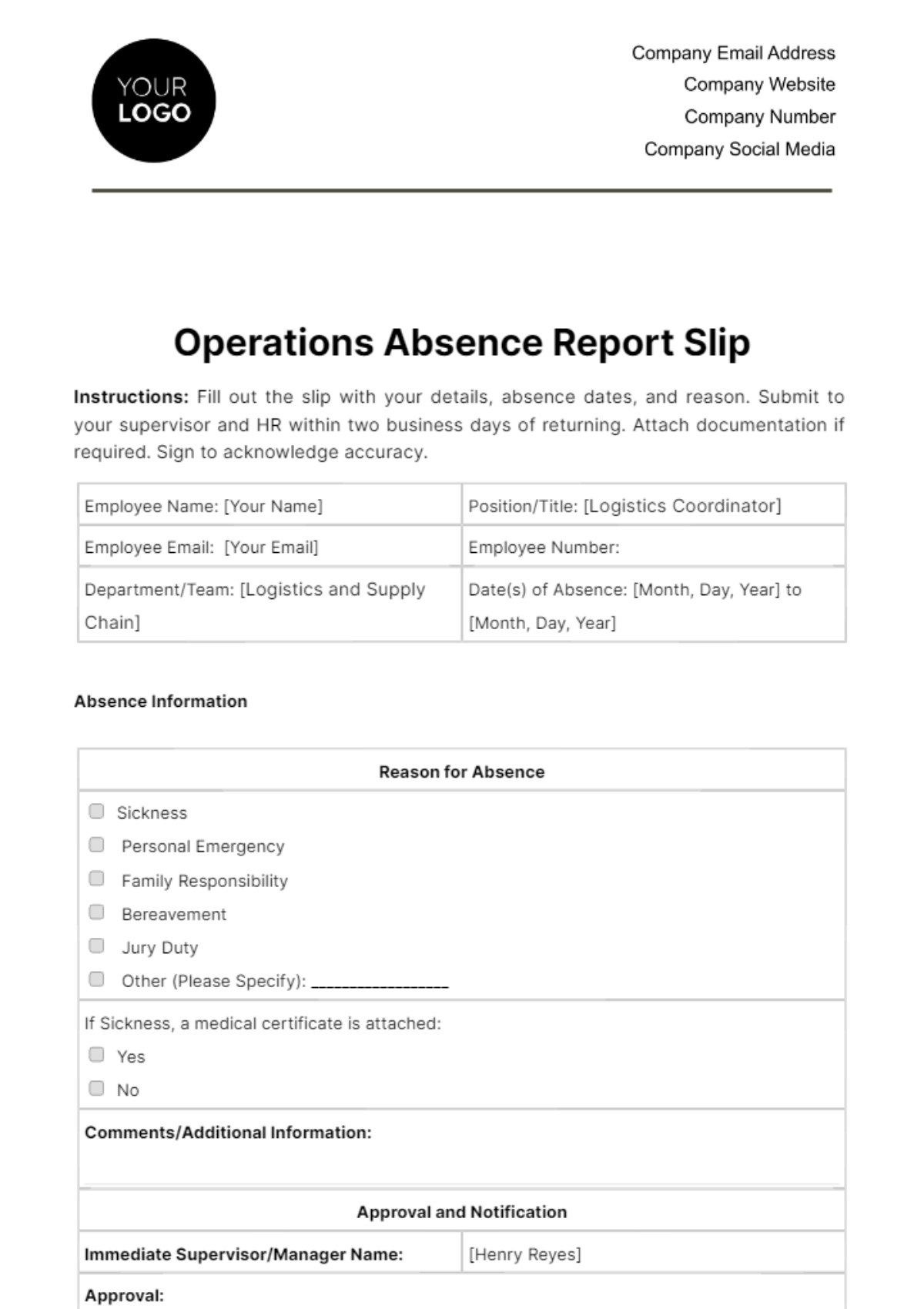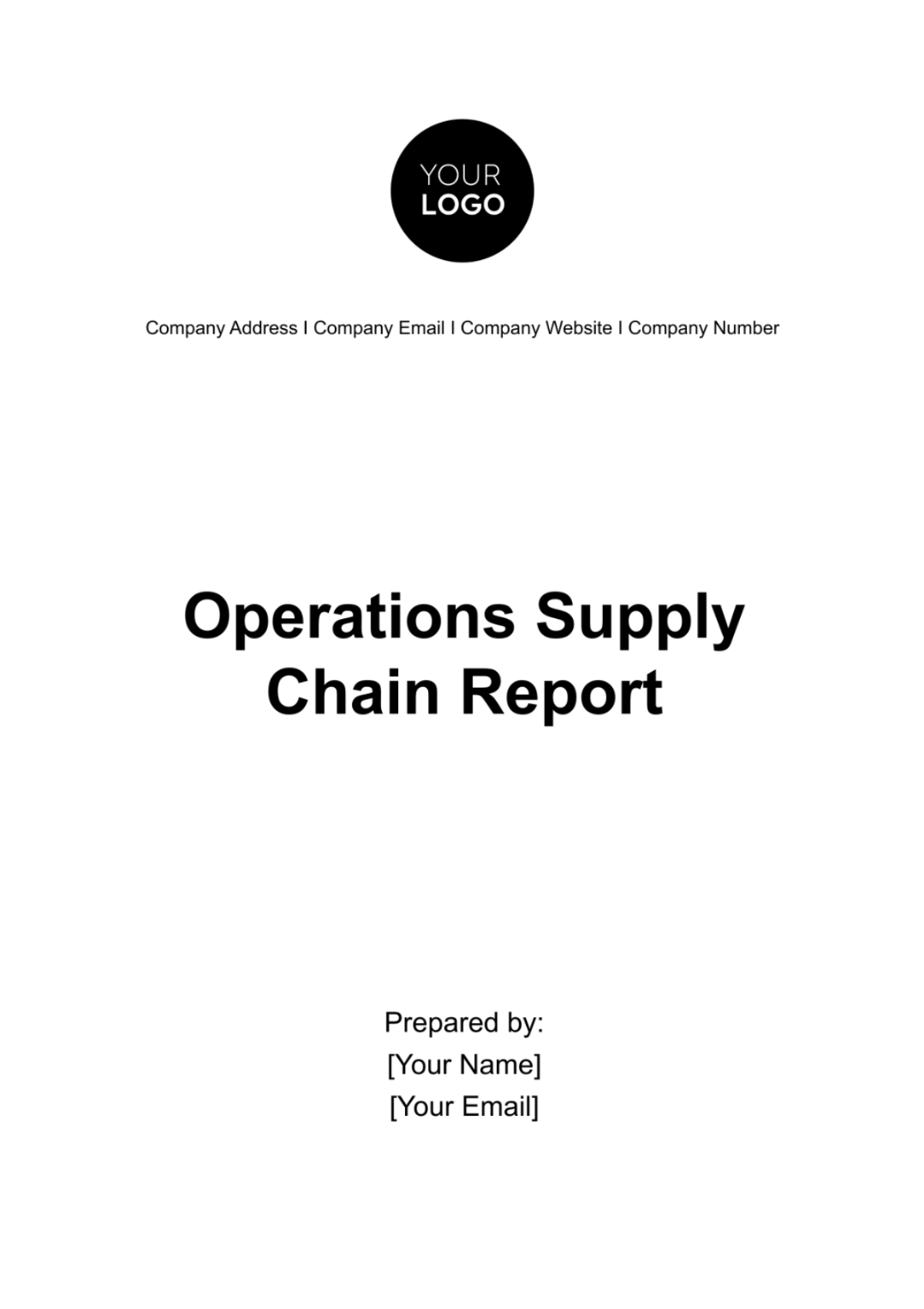Operations Project Status Report
I. Project Overview
Project Name | [Name of Project] |
|---|---|
Project Manager | [Your Name] |
Contact Information | [Your Email] |
A. Project Summary
The [Your Company Name] project is strategically designed to optimize operational efficiency and significantly reduce costs within the supply chain. This report provides a comprehensive update on the project’s status as of May 30, 2050, highlighting key milestones, budgetary considerations, and performance indicators to ensure alignment with our organizational goals.
B. Objectives
Improve Inventory Management: Streamline inventory processes to minimize waste and enhance stock accuracy.
Enhance Transportation Logistics: Optimize transportation routes to improve delivery times and reduce costs.
Implement Automation Solutions: Introduce automation in key processes to increase efficiency and reduce manual errors.
II. Current Status
A. Milestones Completed
Process Analysis - Completed on January 10, 2050
Technology Assessment - Completed on February 5, 2050
Pilot Implementation - Completed on March 20, 2050
B. Upcoming Milestones
Full Implementation: Scheduled for June 30, 2050
Training Sessions: Scheduled for July 10–15, 2050
Evaluation and Feedback: Scheduled for August 15, 2050
C. Budget Status
Budget Item | Allocated Amount | Spent Amount | Remaining Amount |
|---|---|---|---|
Software Solutions | $300,000 | $200,000 | $100,000 |
Training Expenses | $50,000 | $20,000 | $30,000 |
Equipment | $150,000 | $100,000 | $50,000 |
Miscellaneous | $20,000 | $10,000 | $10,000 |
Total | $520,000 | $330,000 | $190,000 |
III. Operational Changes
A. Process Improvements
Just-In-Time (JIT) Inventory Management: Implemented JIT principles to reduce inventory holding costs and enhance responsiveness to demand.
Enhanced Route Optimization: Leveraged advanced algorithms to improve transportation fleet routes, reducing fuel consumption and delivery times.
Automated Order Processing System: Introduced automation to streamline order fulfillment, improving accuracy and speed.
B. Key Performance Indicators (KPIs)
KPI | Current Status | Target Status |
|---|---|---|
Inventory Turnover Ratio | 6.5 | > 8 |
On-Time Delivery Percentage | 93% | > 95% |
Order Processing Time (hours) | 2.3 | < 2 |
IV. Challenges and Solutions
A. Current Challenges
Resistance to Change: Some employees exhibit hesitance in adopting new technologies, affecting overall engagement.
Integration Issues: Challenges with ensuring seamless integration of new software solutions with existing systems.
Resource Constraints: Limited availability of IT personnel hampers timely maintenance and support.
B. Mitigation Strategies
Training Programs: Implementing targeted training sessions to address resistance, demonstrating the benefits of new technologies.
Vendor Collaboration: Establishing strong partnerships with software vendors to expedite the resolution of integration challenges.
Resource Reallocation: Identifying critical tasks and reallocating resources to ensure project continuity and effectiveness.
V. Future Plans
Expansion Opportunities
Scaling Automation Solutions: Plans to expand successful automation solutions to additional departments, enhancing overall efficiency.
Advanced Analytics for Demand Forecasting: Exploring predictive analytics tools to better anticipate market demand and optimize inventory levels.
Partnerships with Key Suppliers: Seeking strategic alliances with suppliers to foster collaboration and improve supply chain resilience.
VI. Stakeholder Engagement
Stakeholder Feedback
Positive Responses: Management expresses satisfaction with project progress, highlighting potential cost savings and operational improvements.
Concerns: Frontline staff have raised concerns regarding increased workload during the transition, necessitating clear communication and support.
VII. Next Steps
Complete Full Implementation: Finalize the deployment of new processes and technologies organization-wide.
Conduct Training Sessions: Ensure all relevant staff members are adequately trained to utilize new systems effectively.
Monitor KPIs: Continuously track performance indicators and make necessary adjustments to enhance project outcomes.
